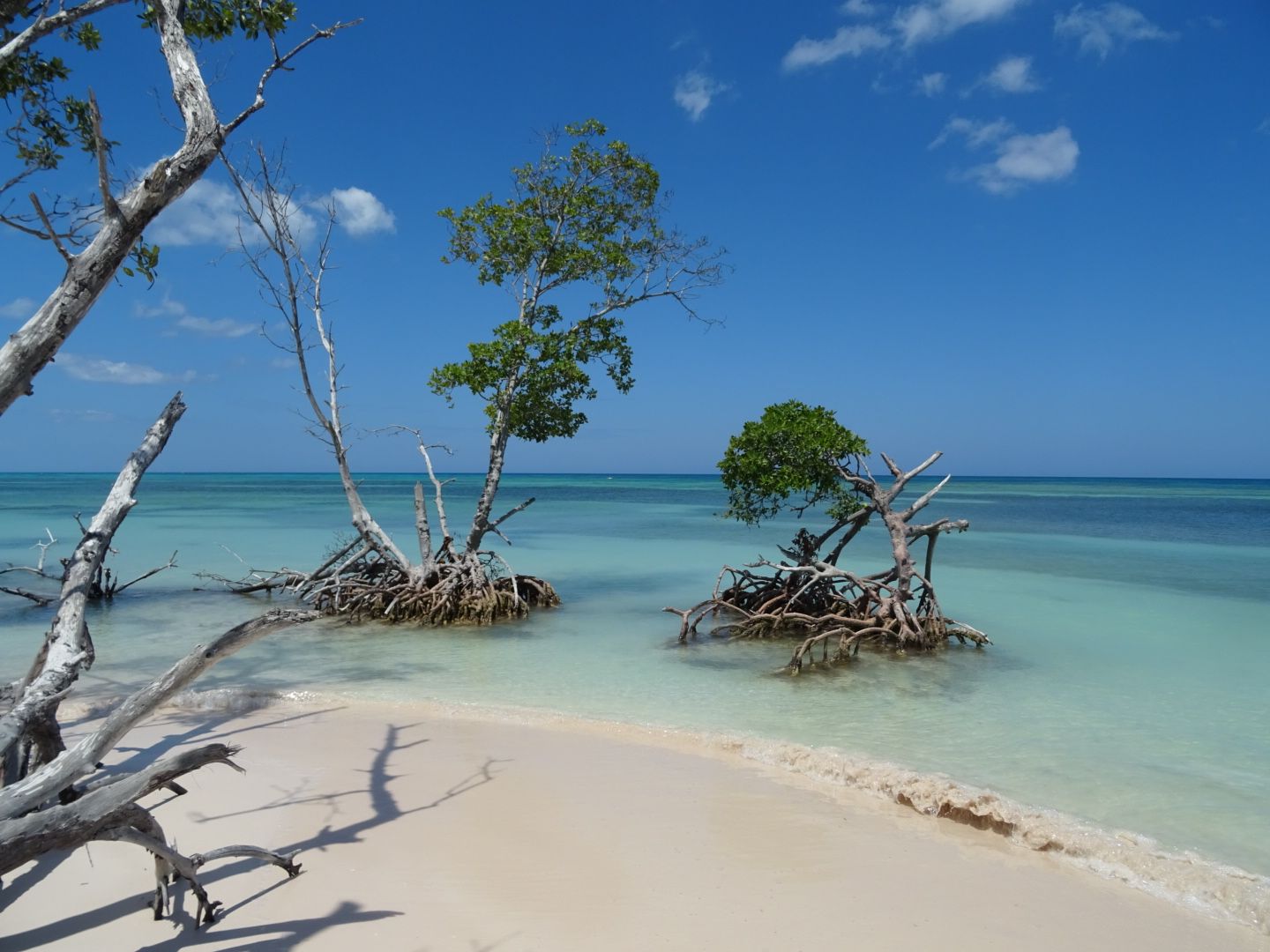Argentina/Chile: Patagonia
Жарыяланган: 22.03.2023
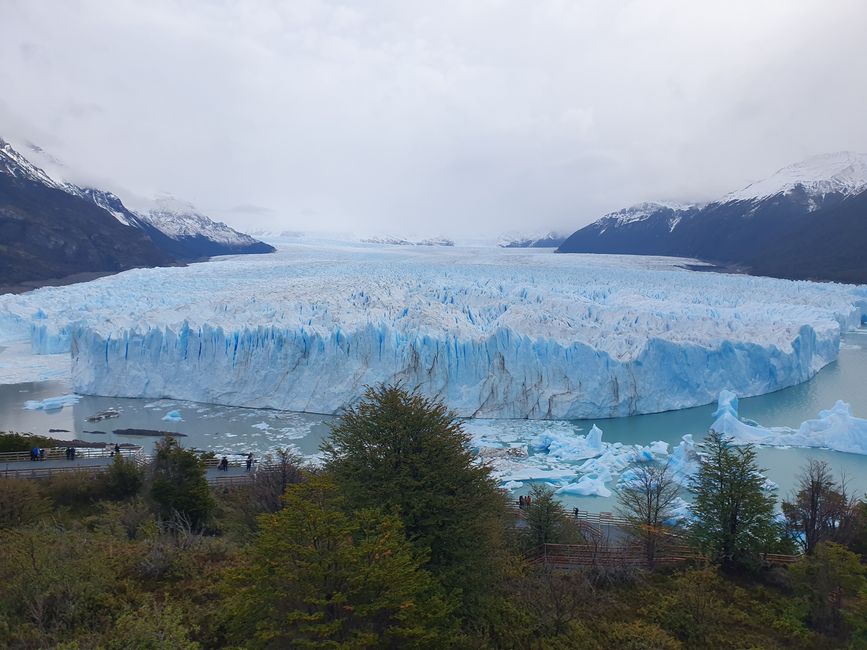
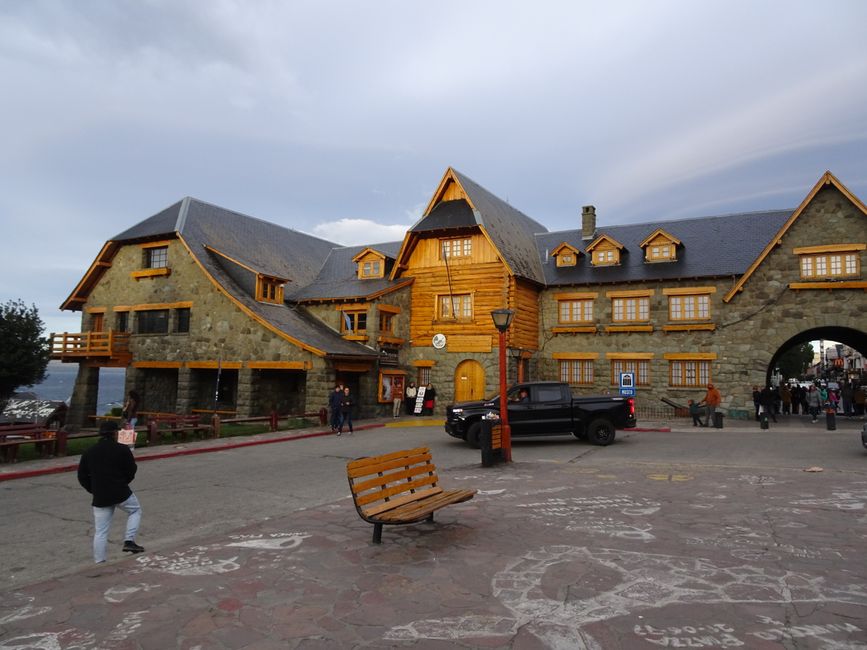
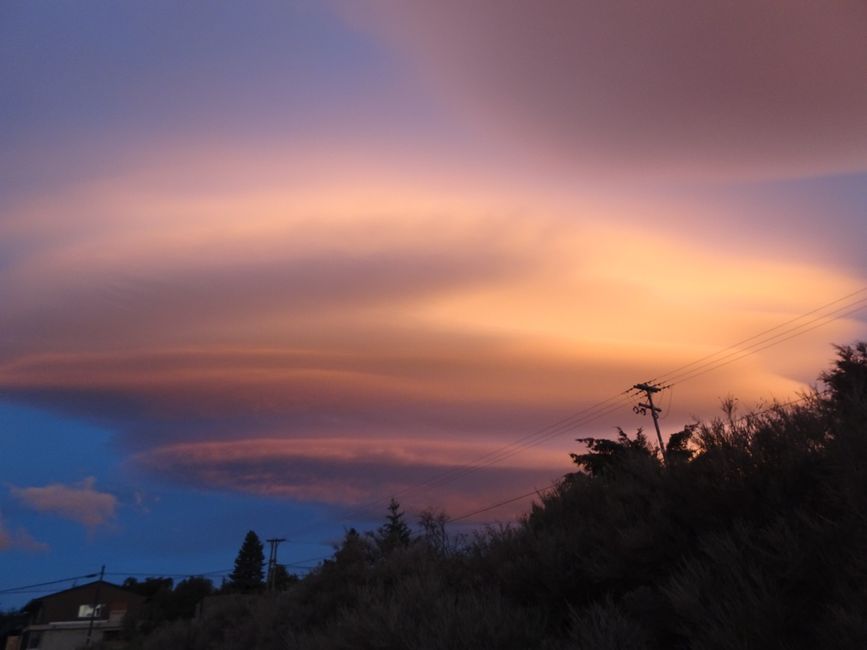
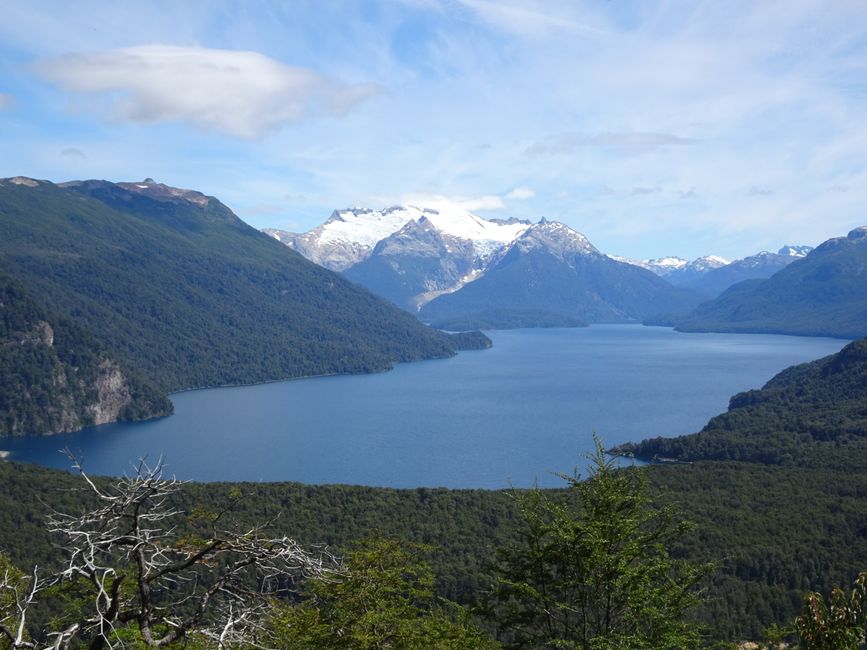
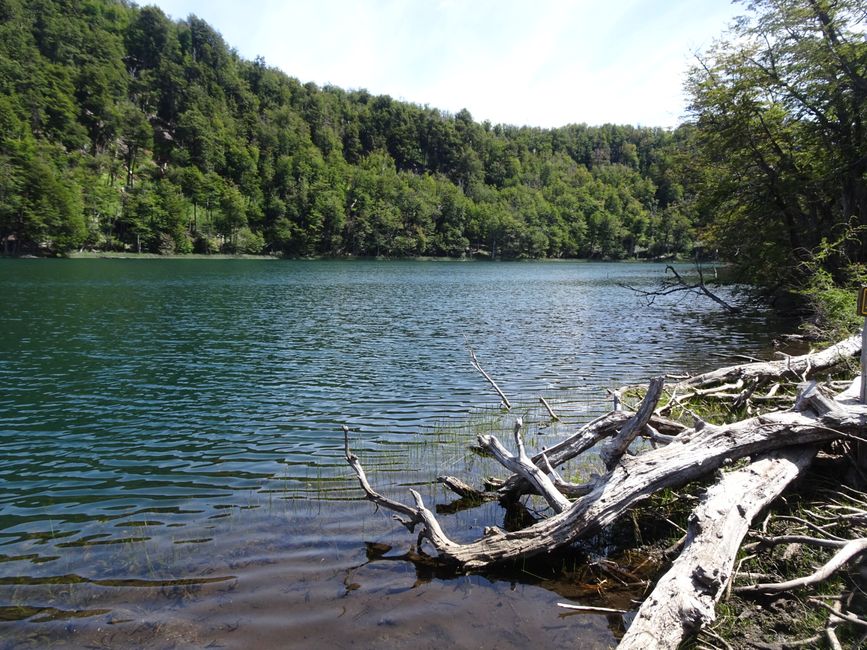
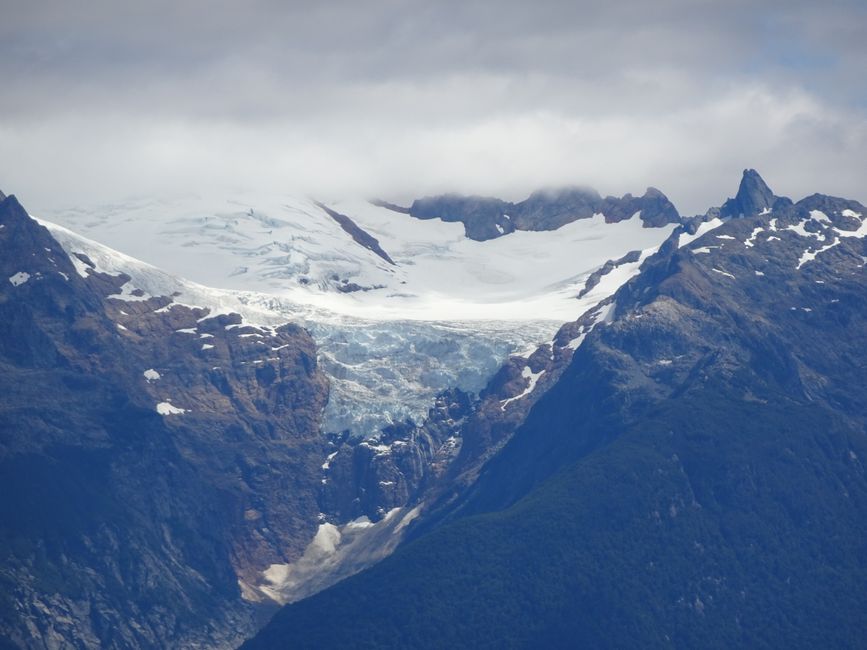
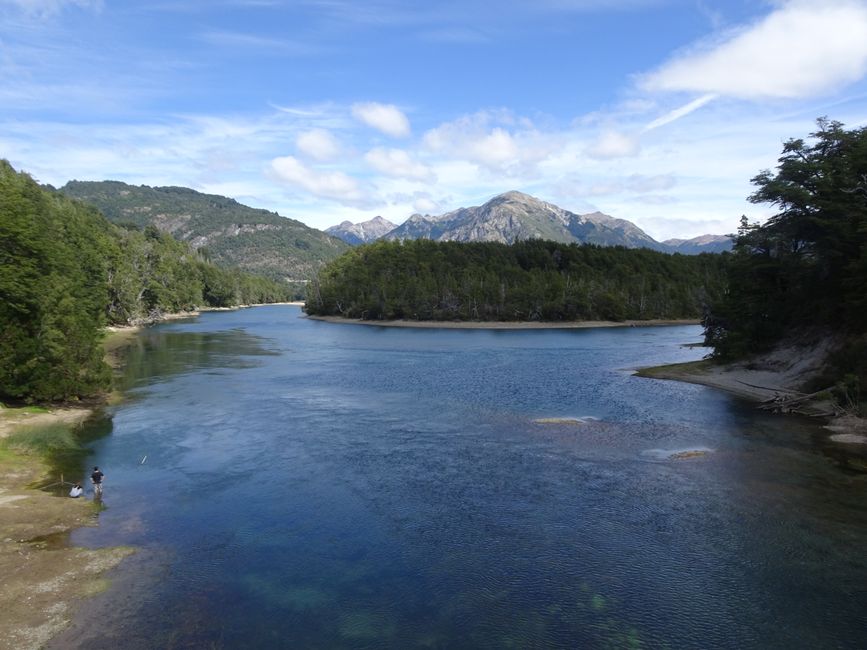
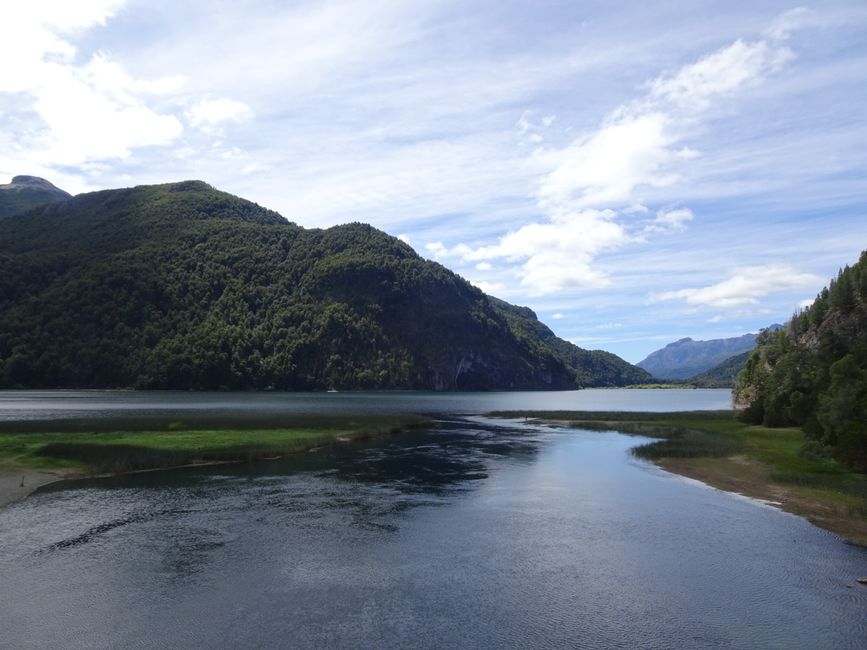
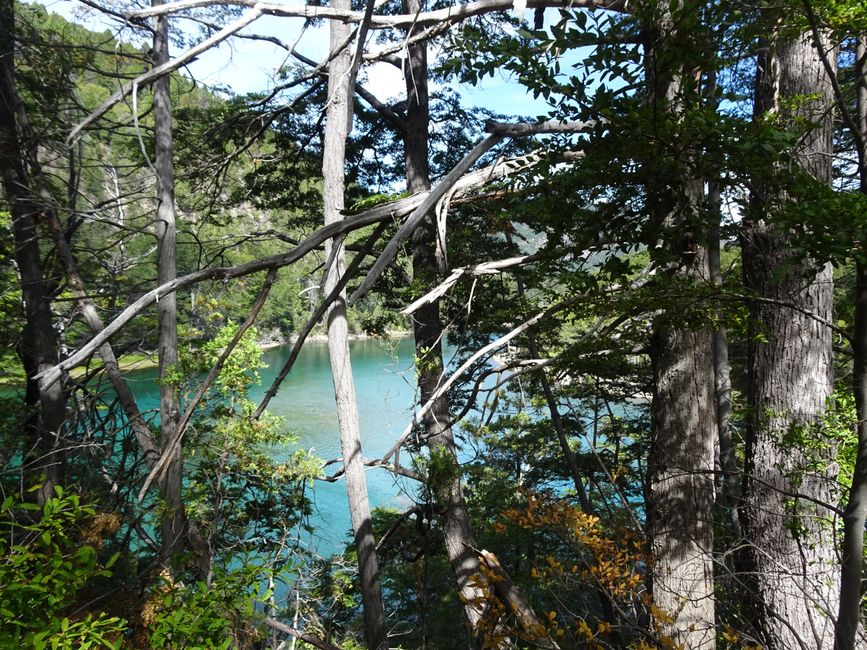
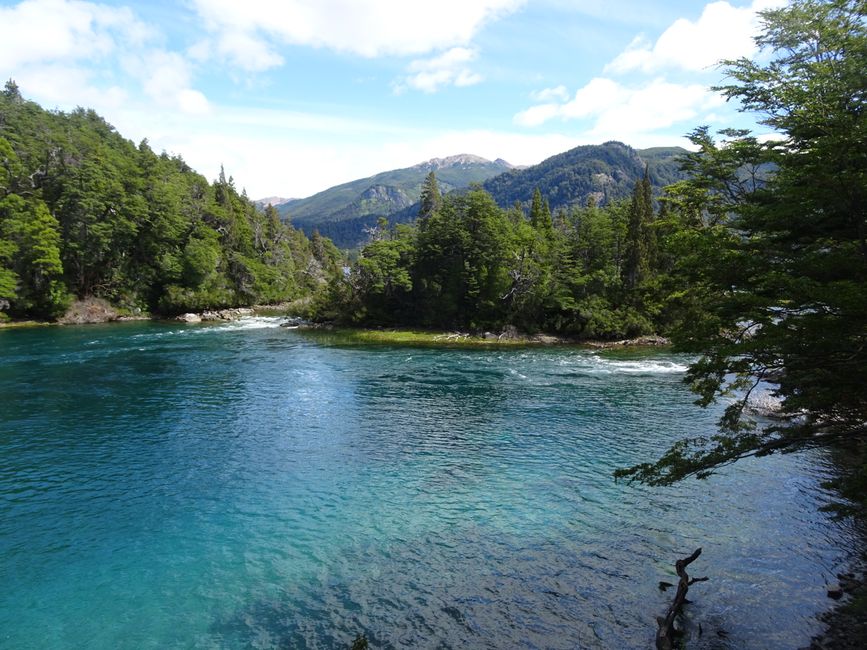
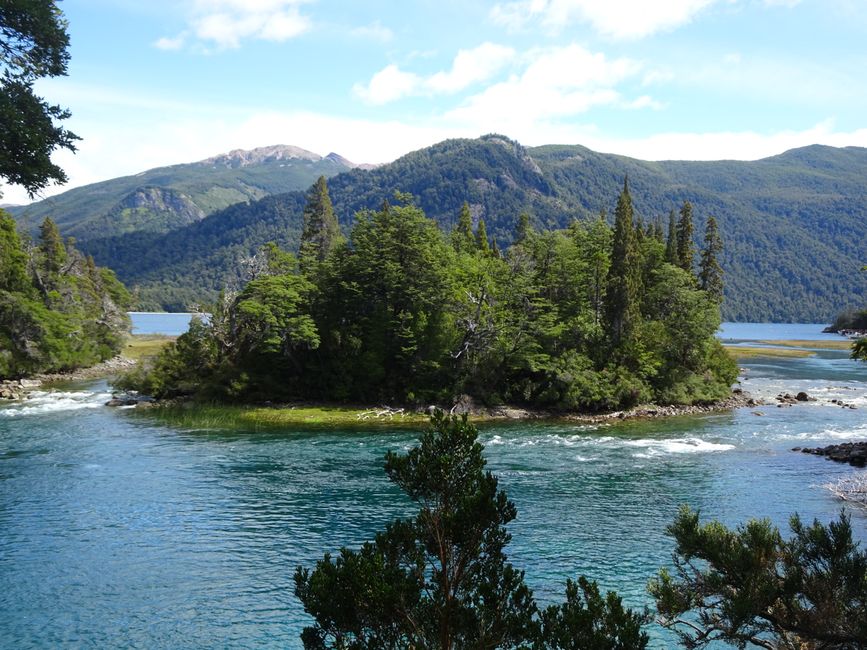
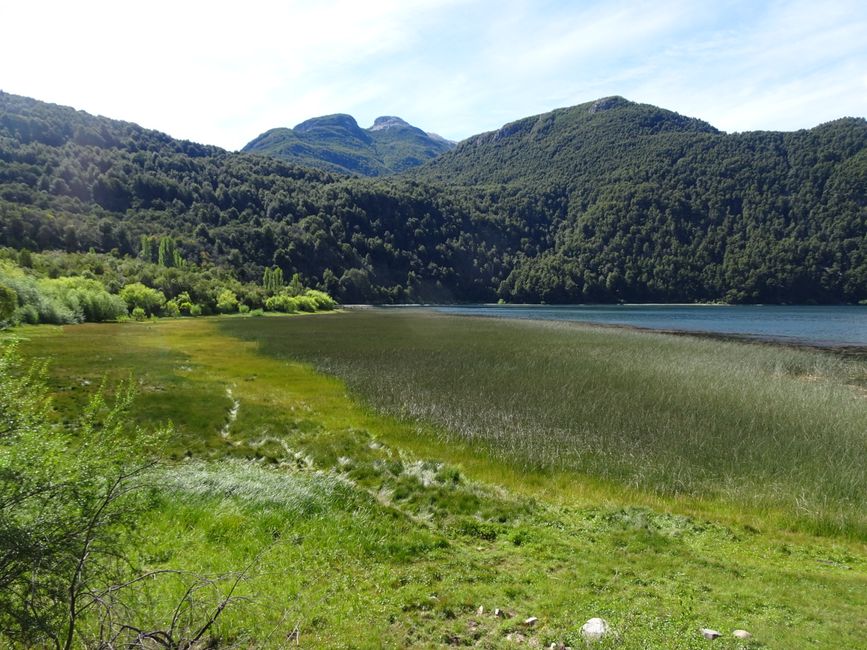
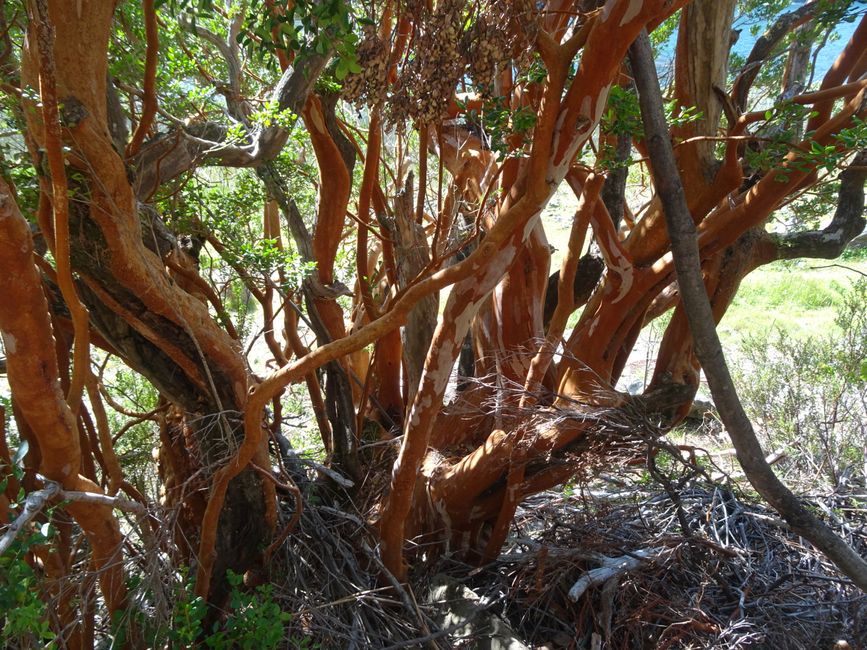
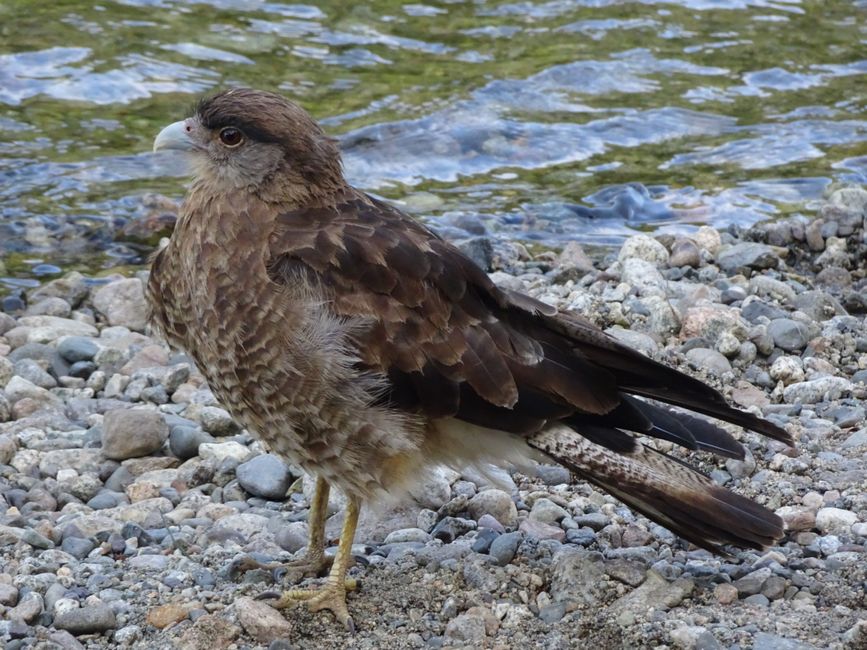
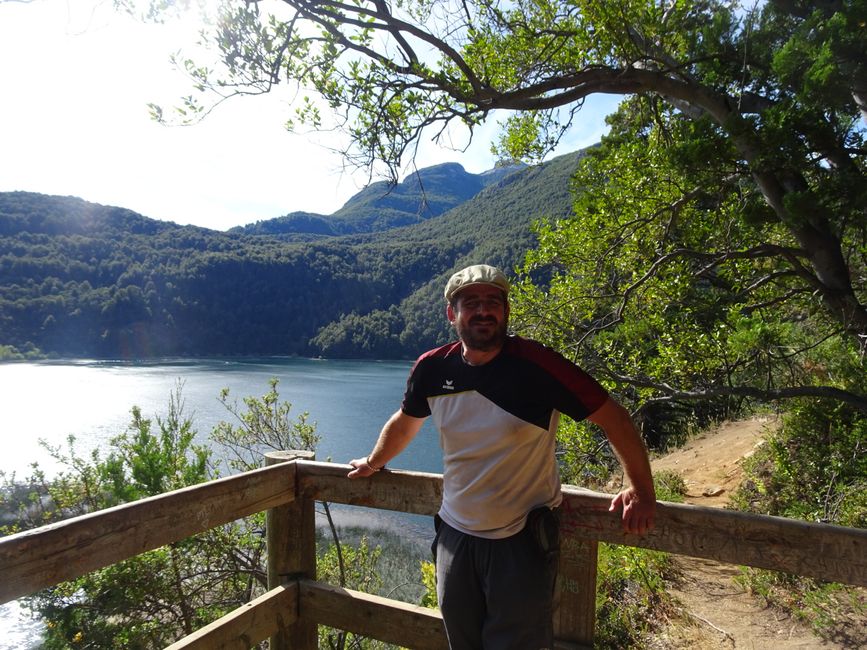
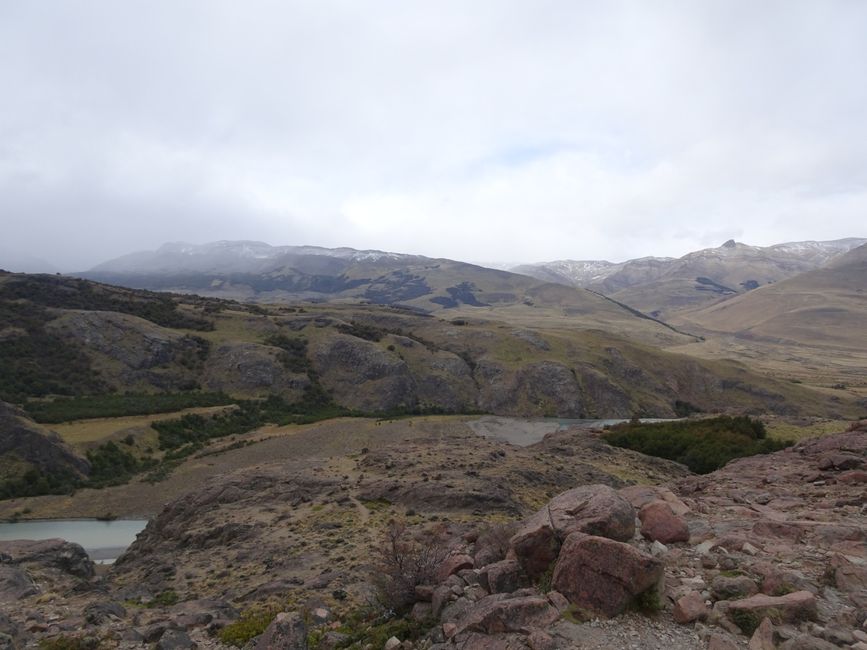
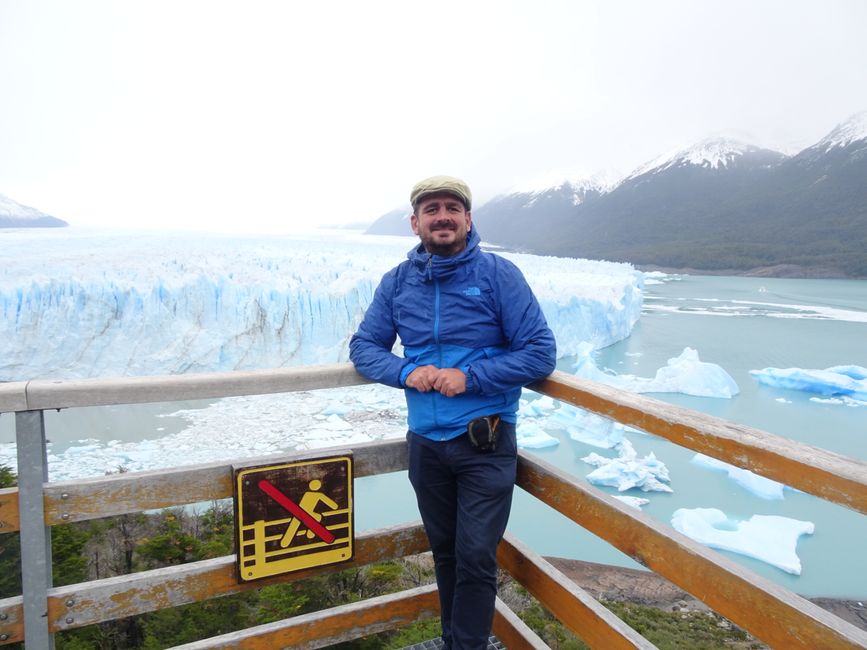
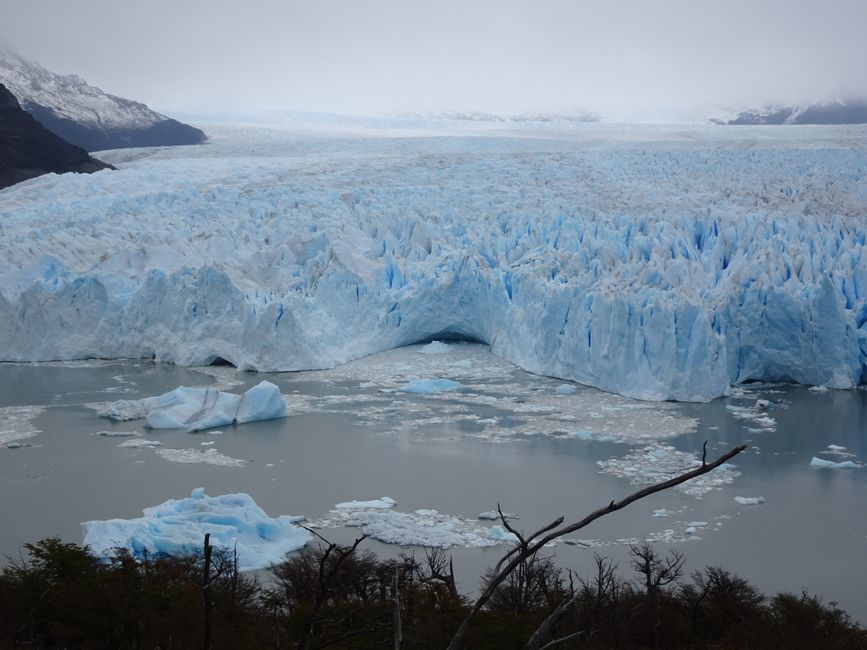
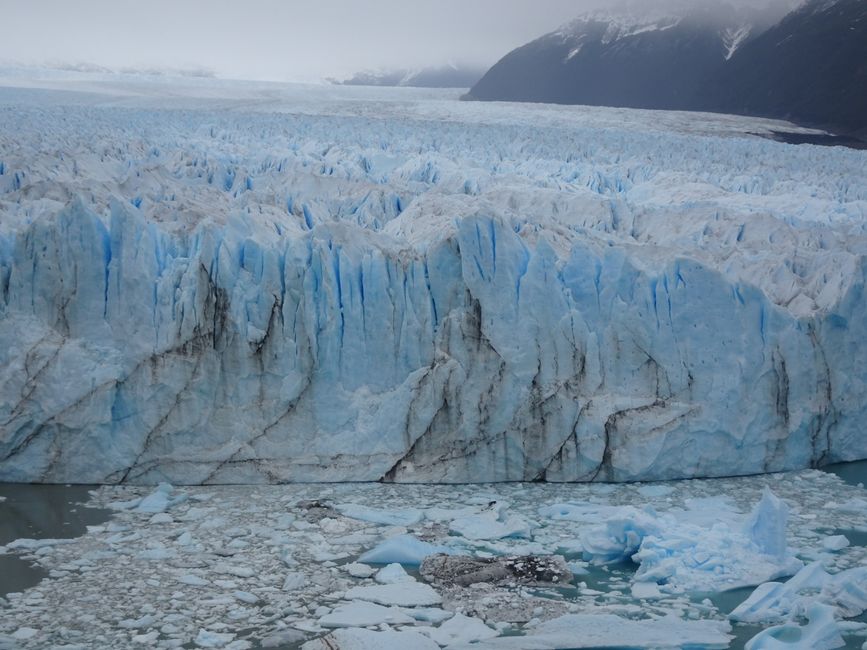
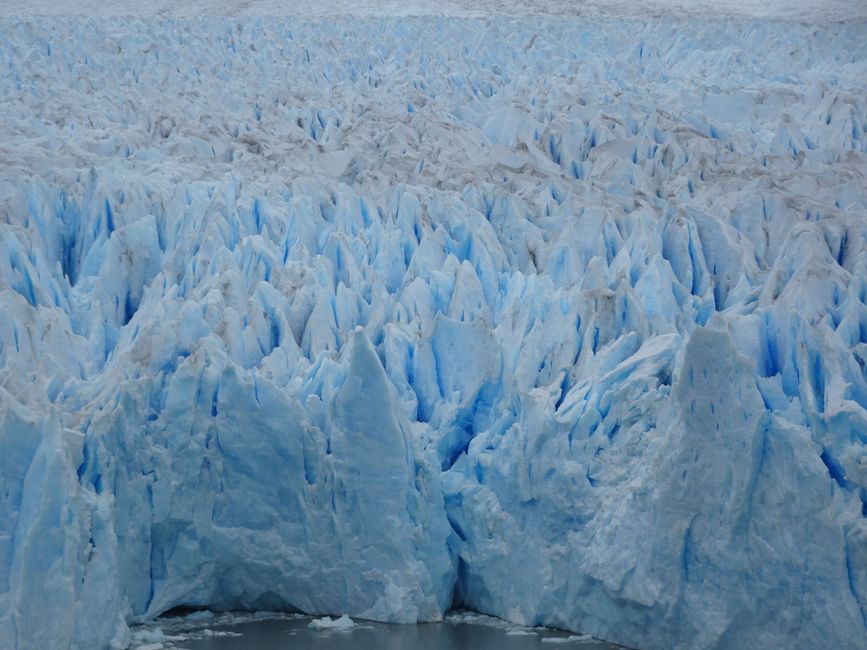
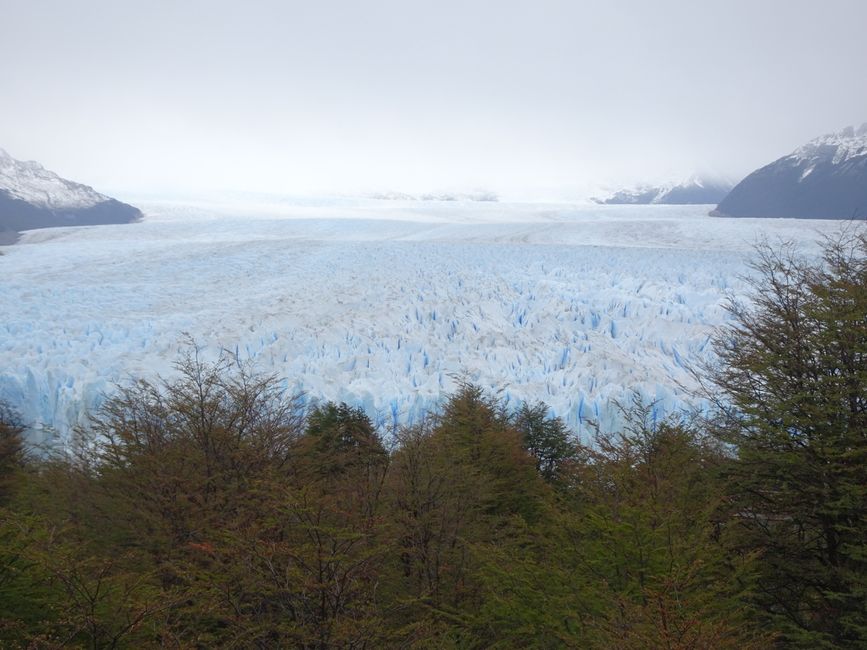
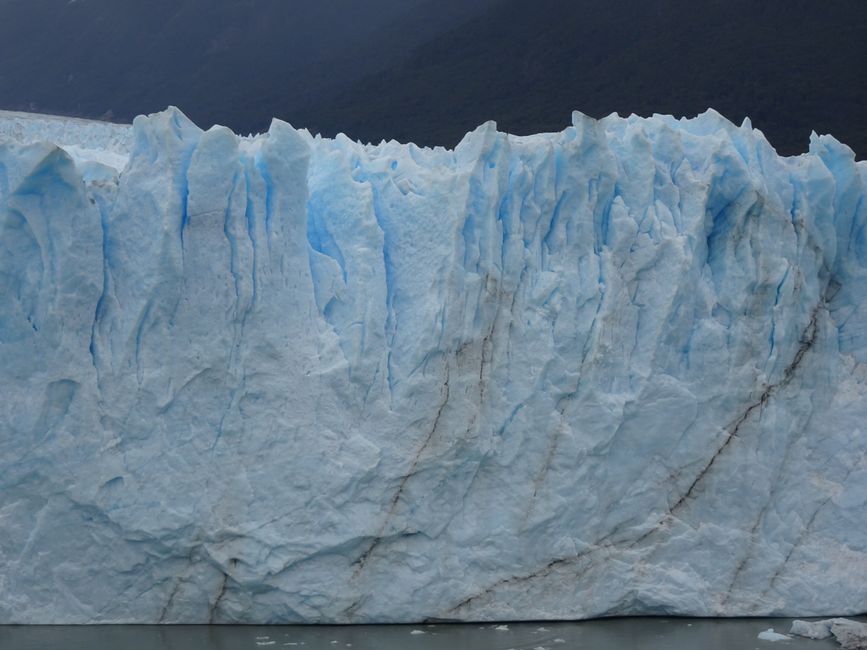
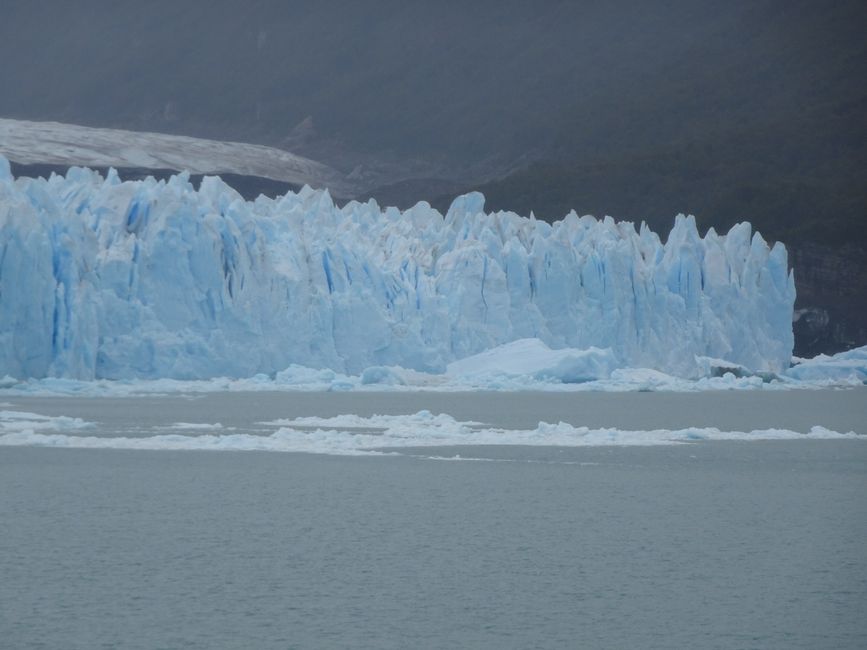
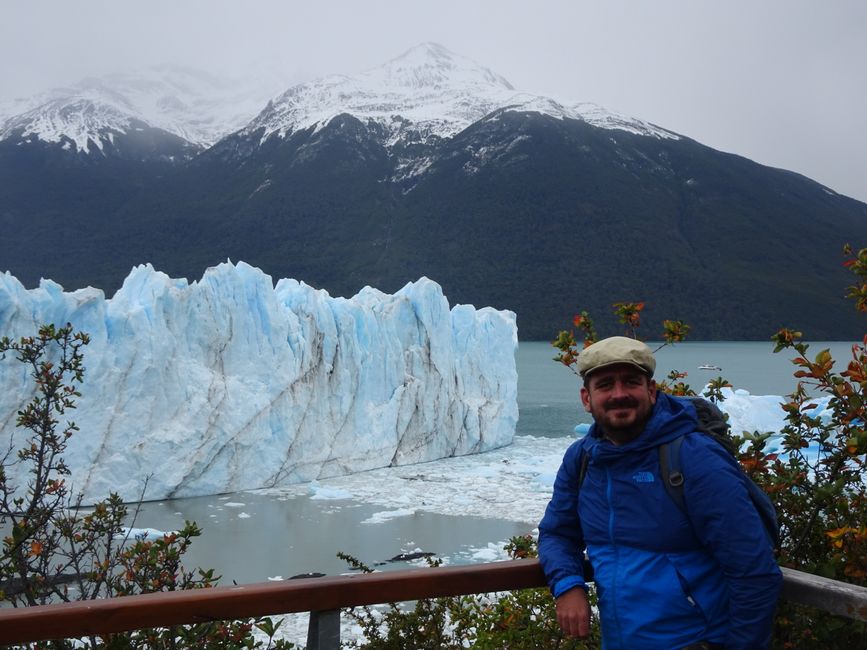
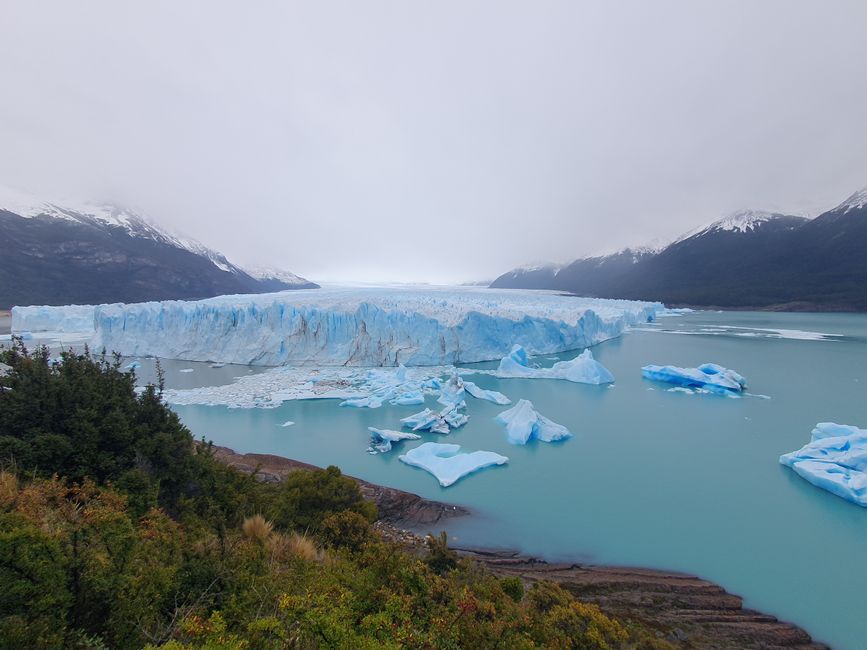
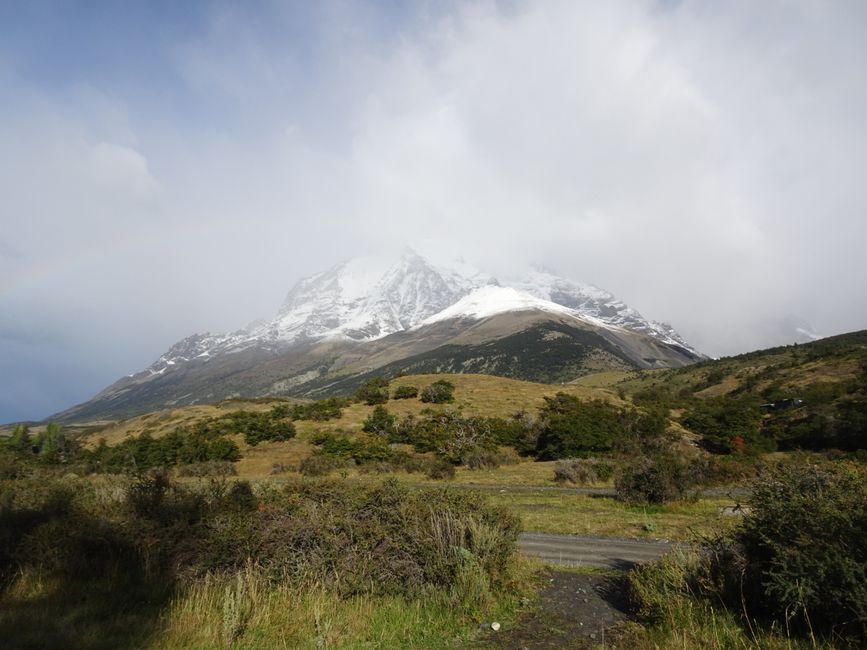
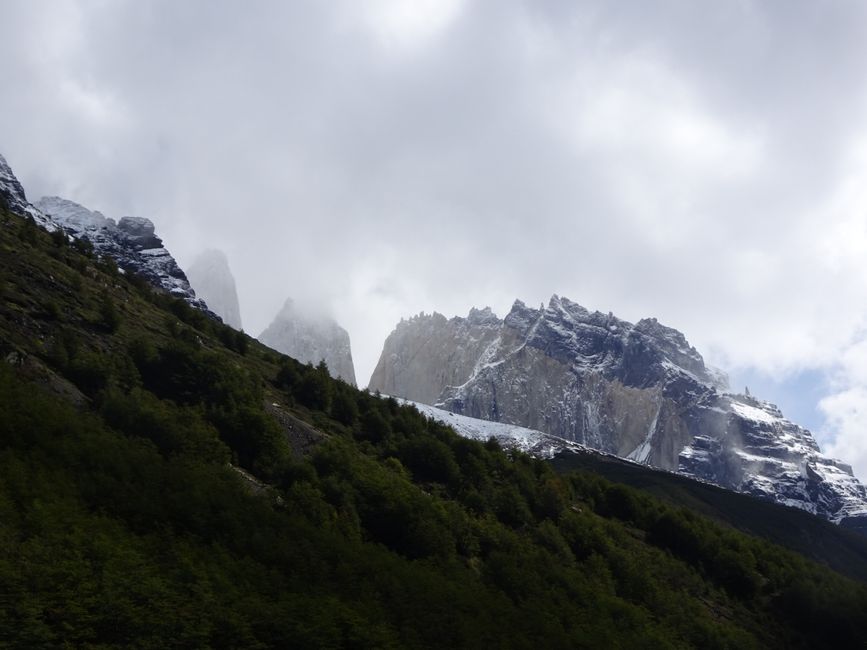
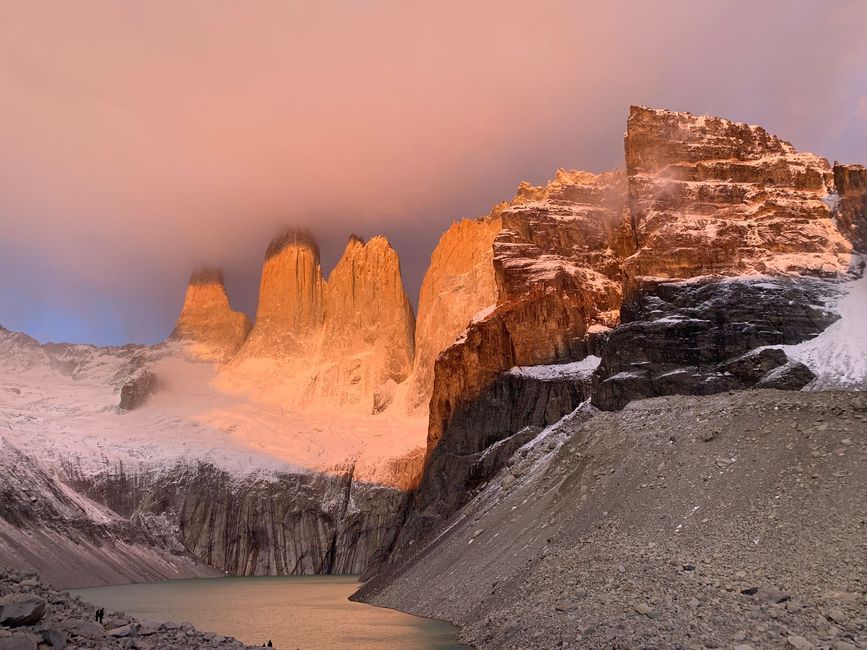
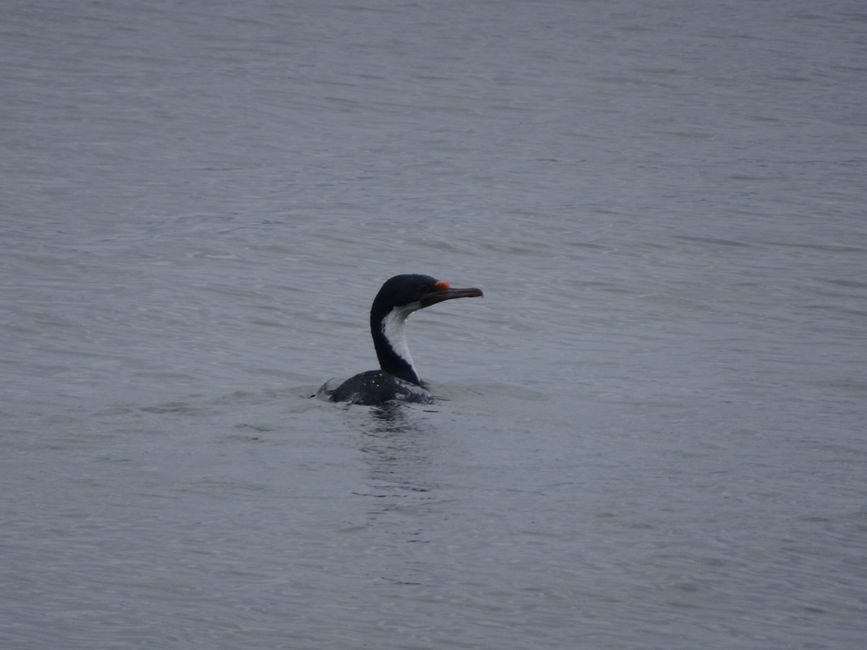
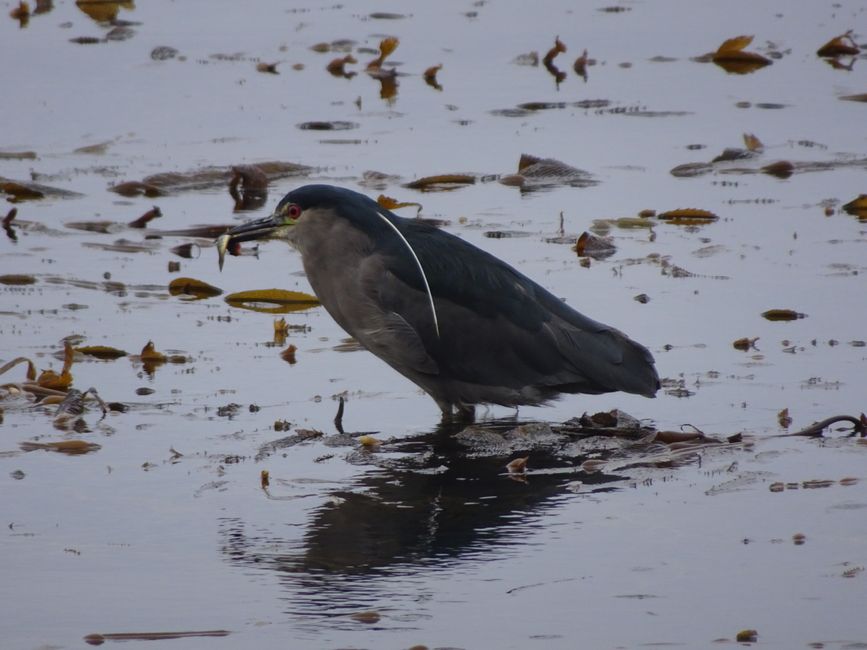
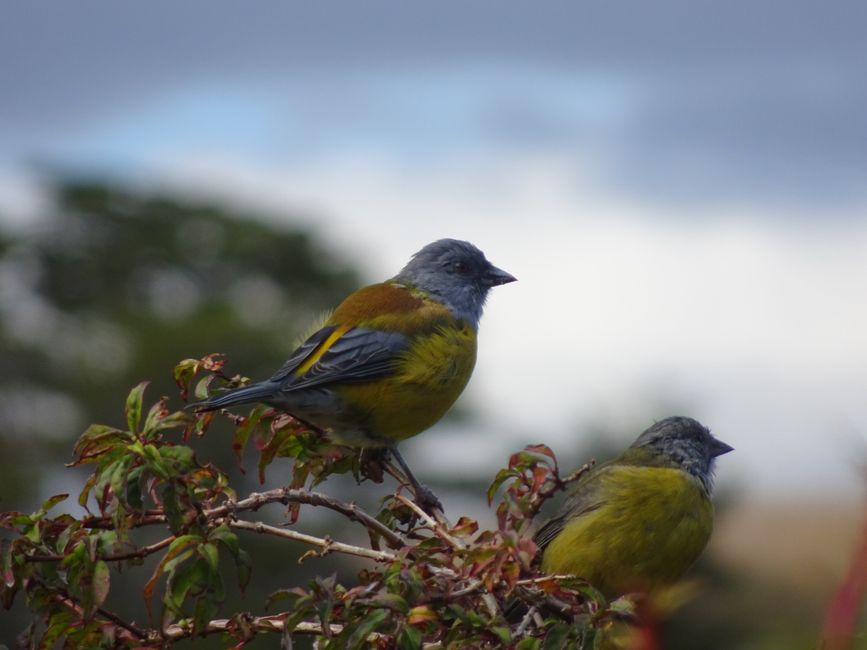
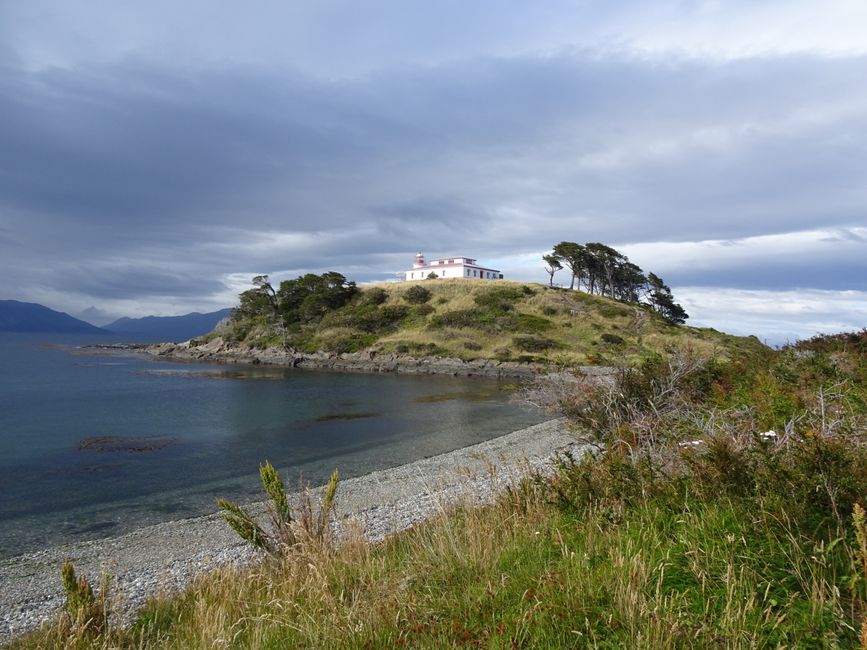
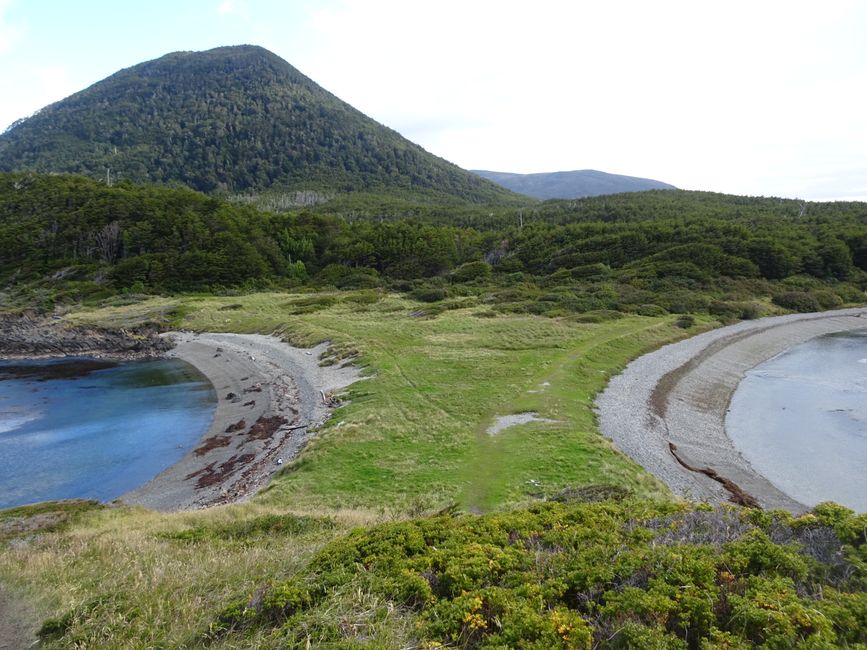
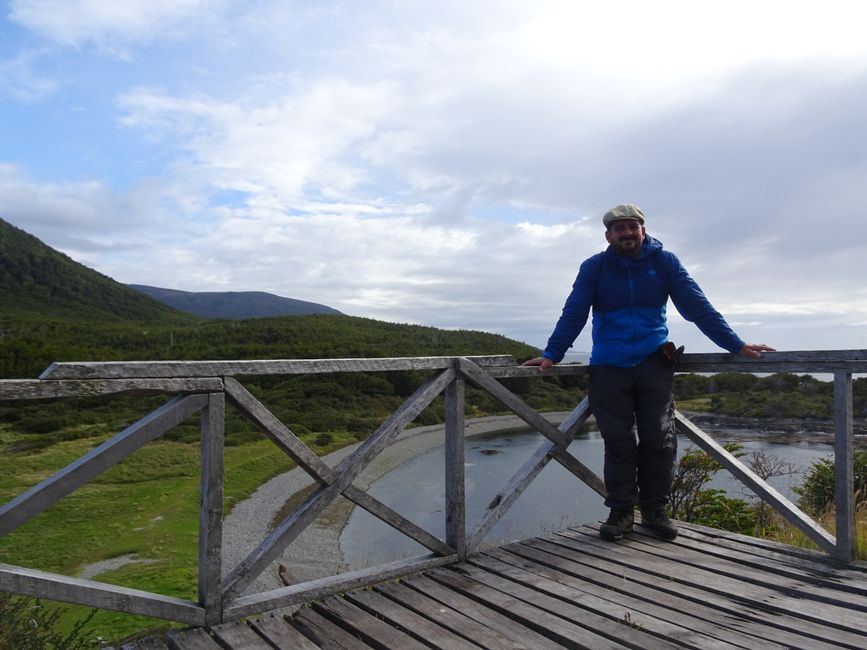
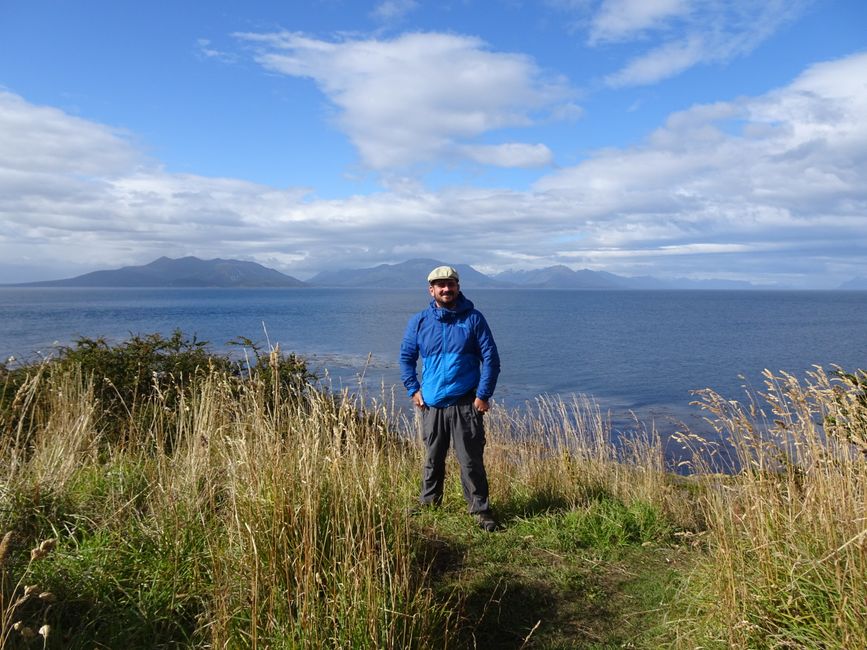
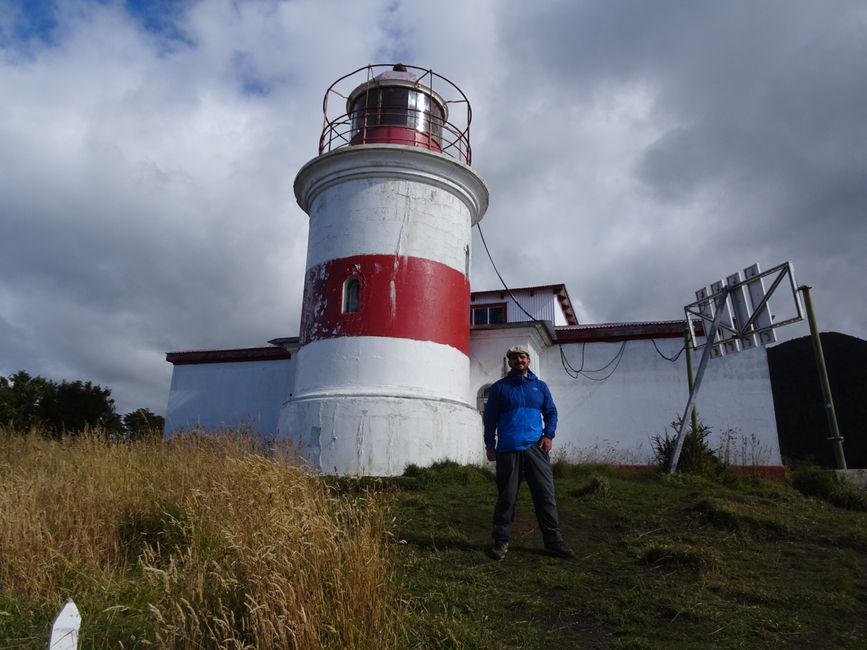
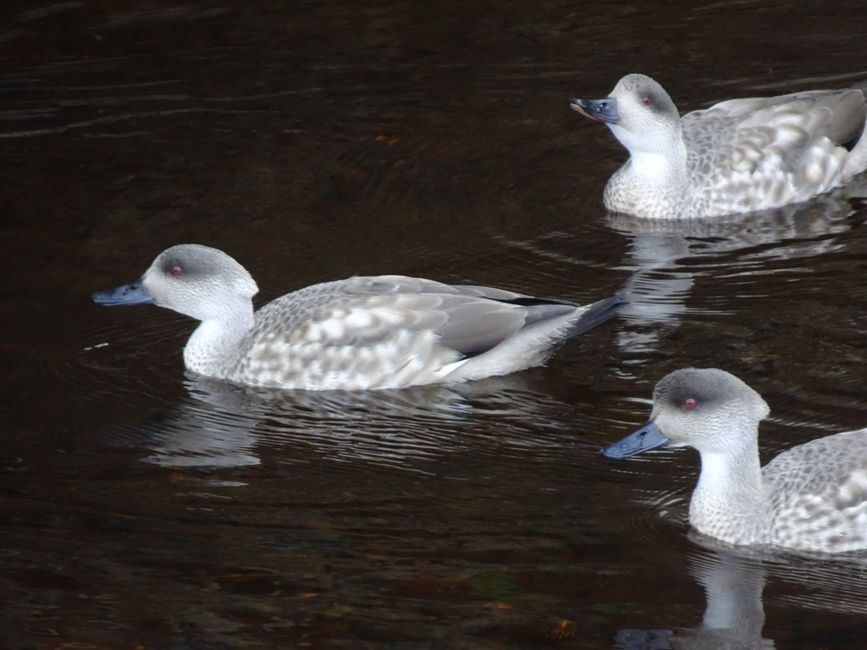
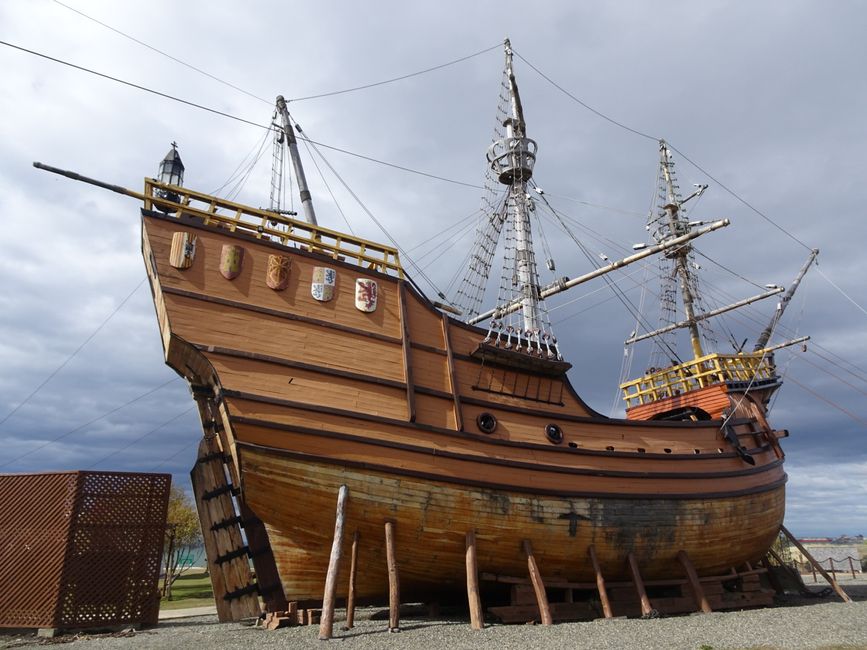
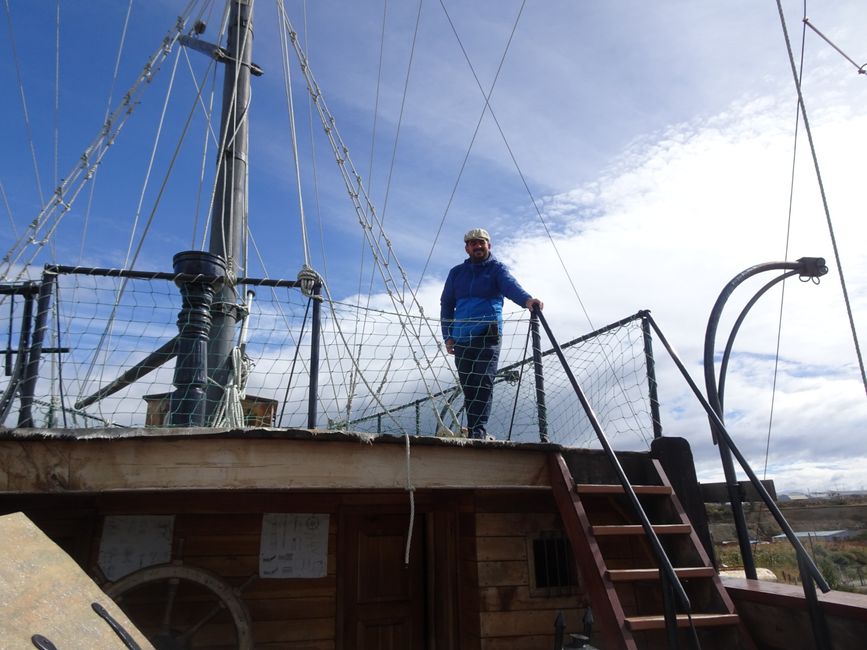
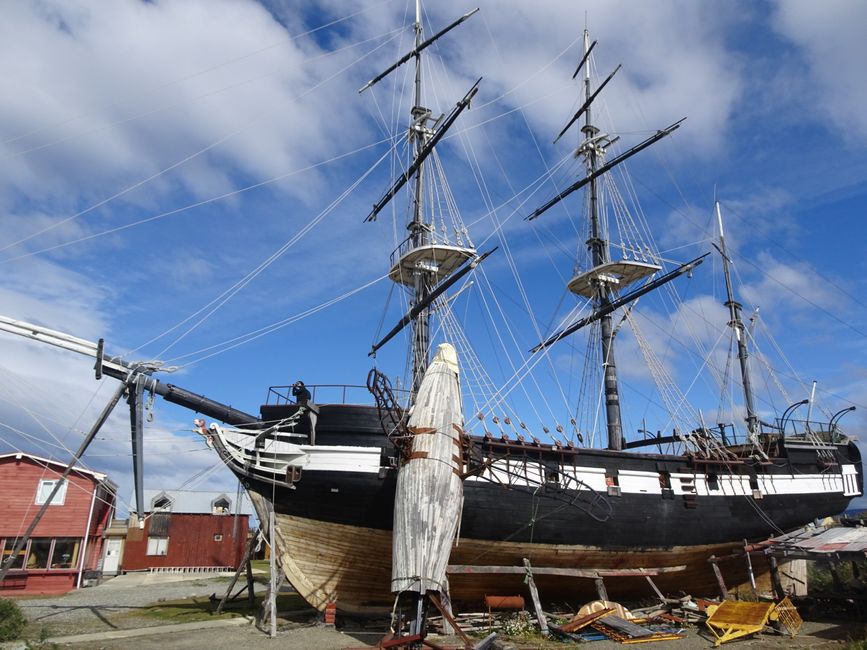
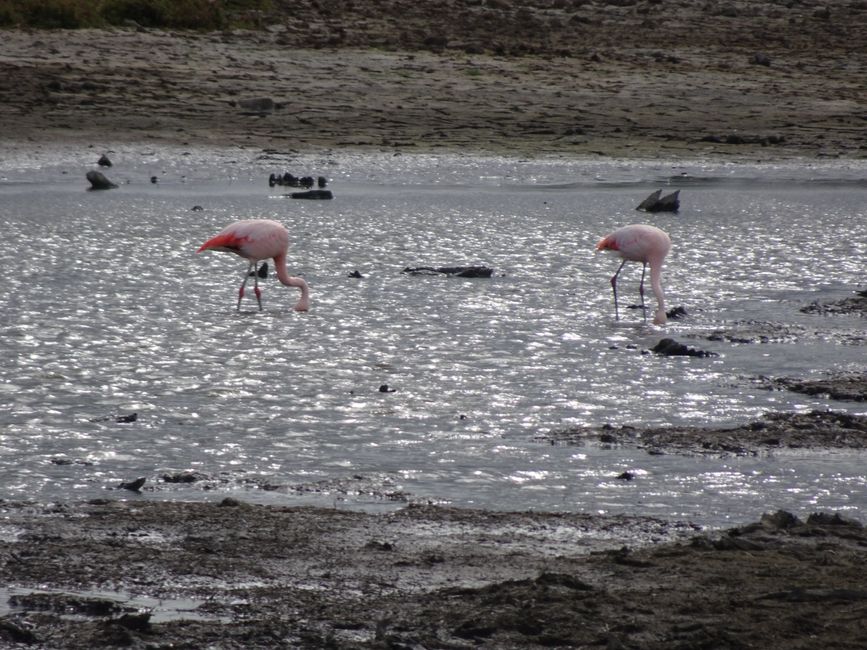
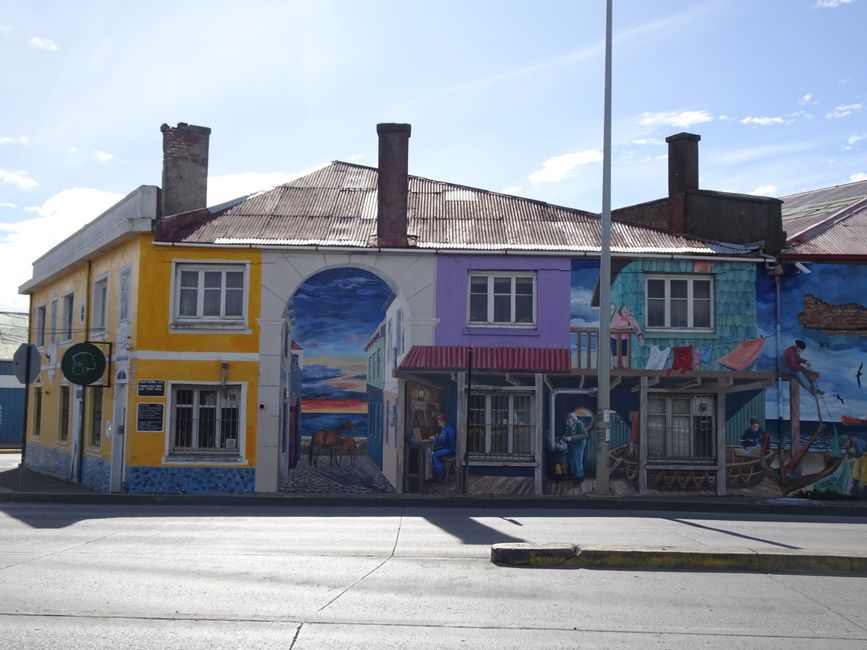
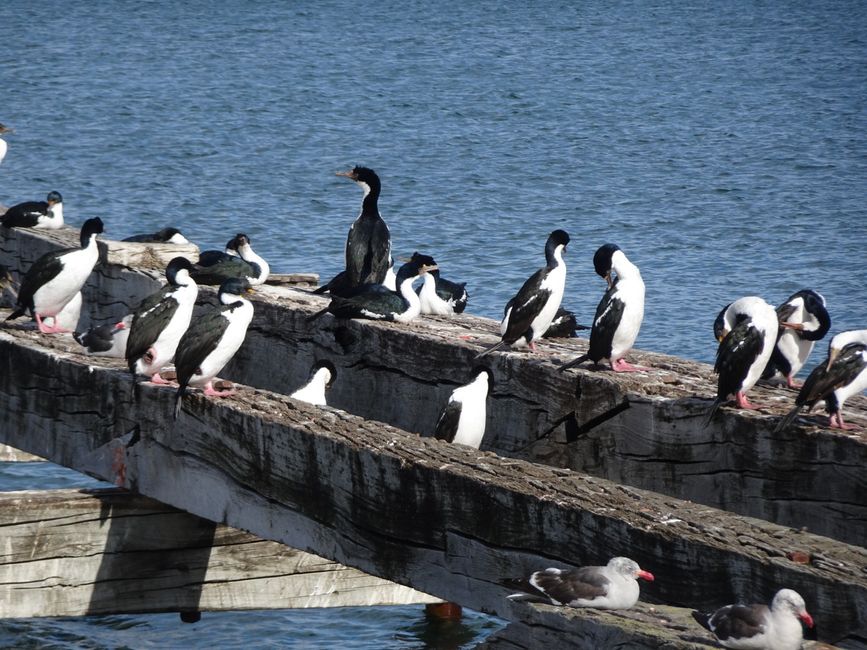
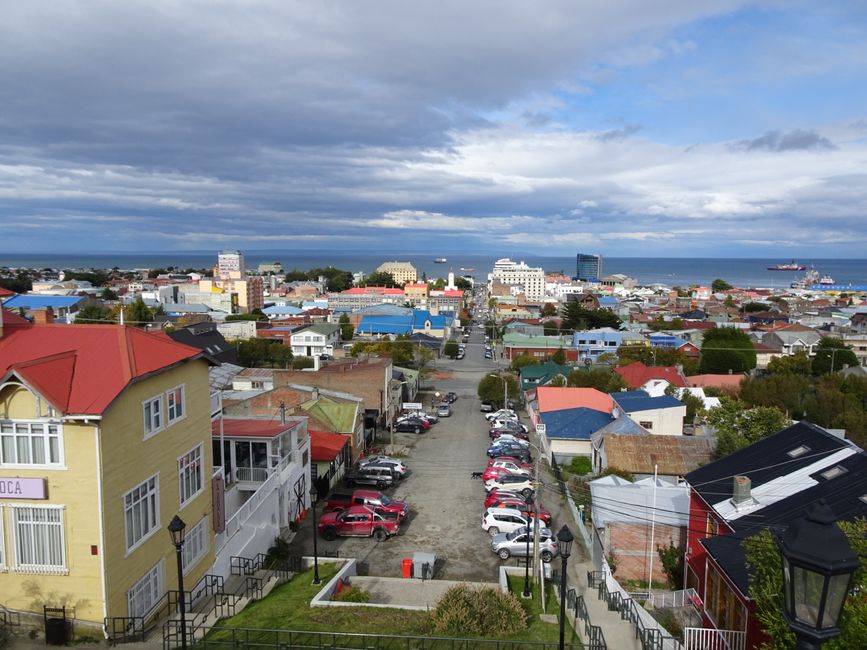
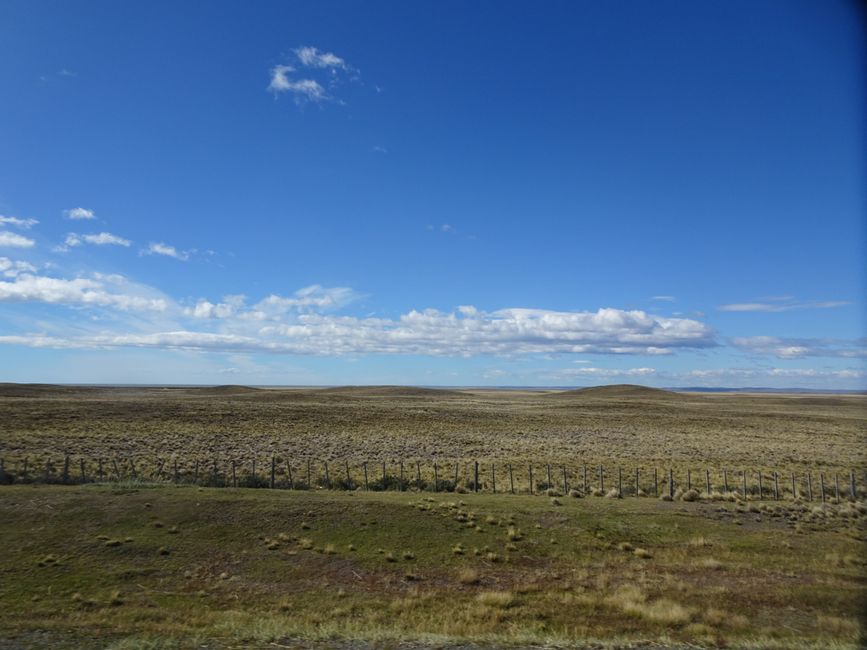
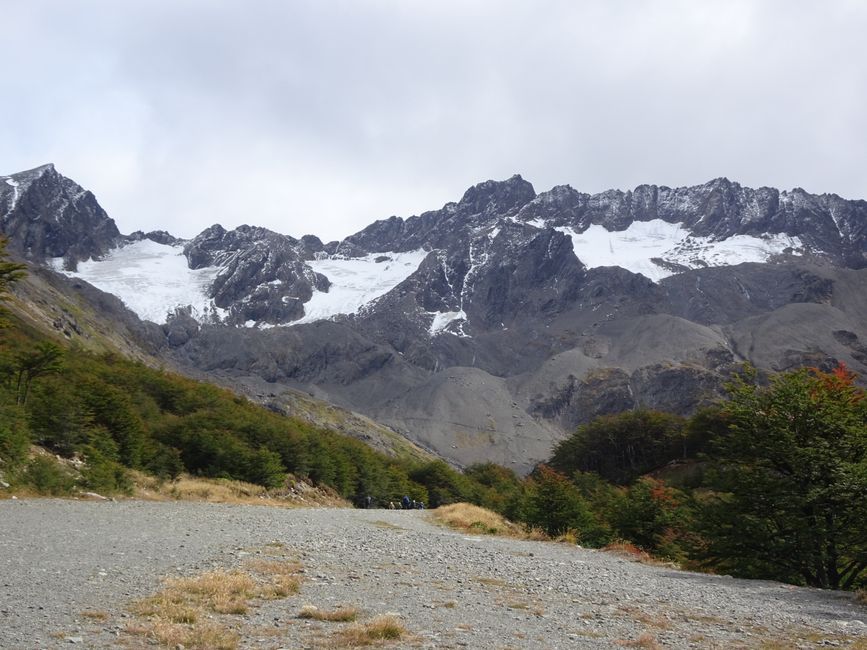
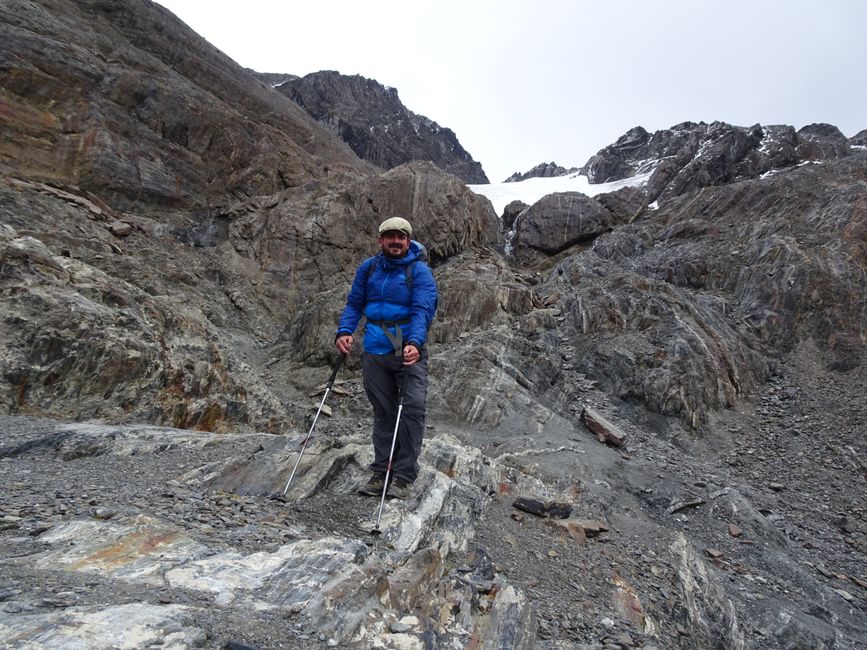
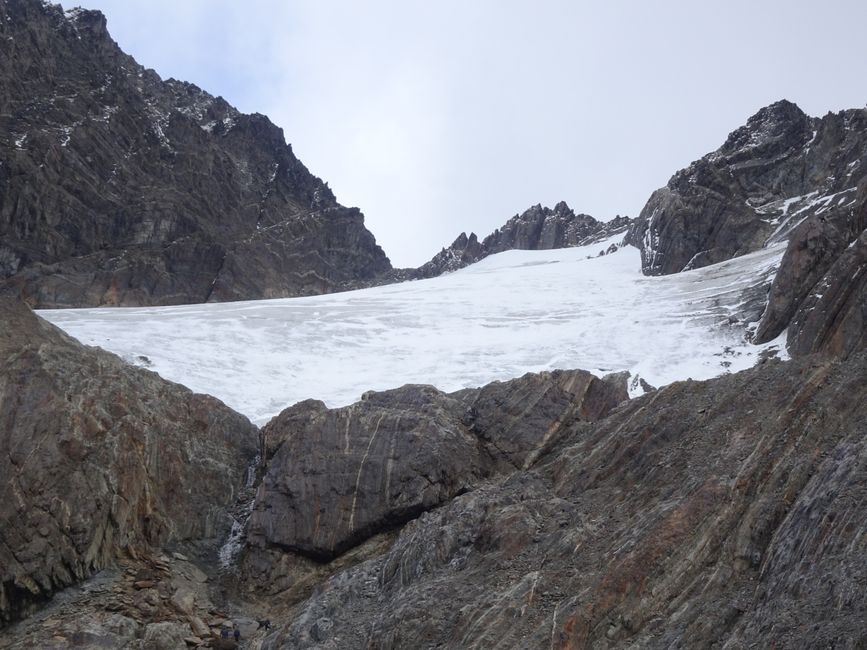
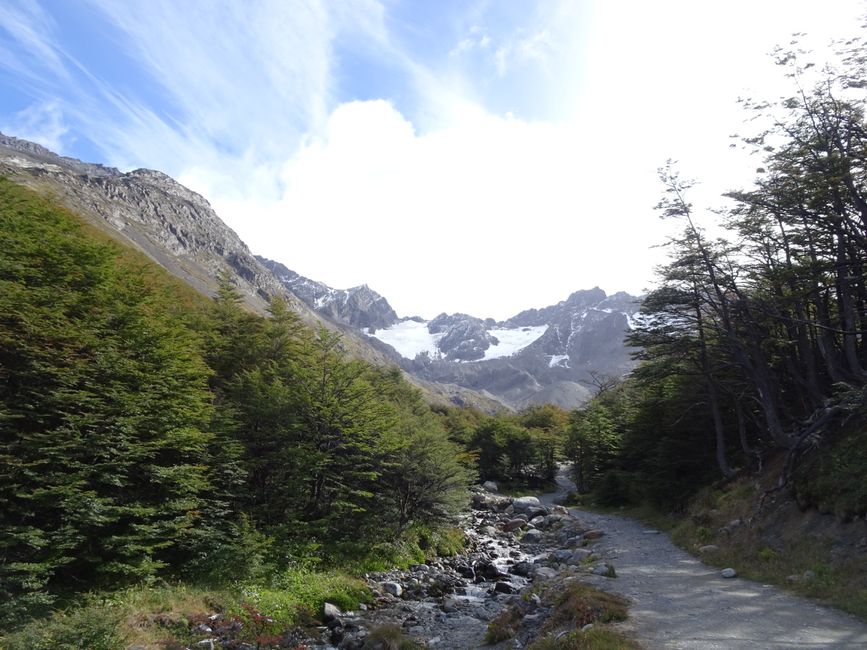
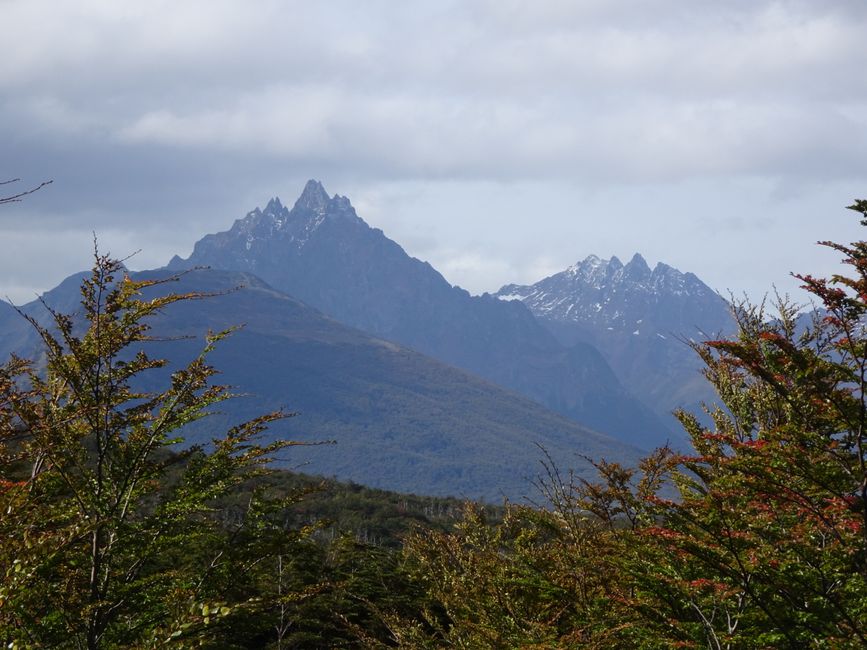
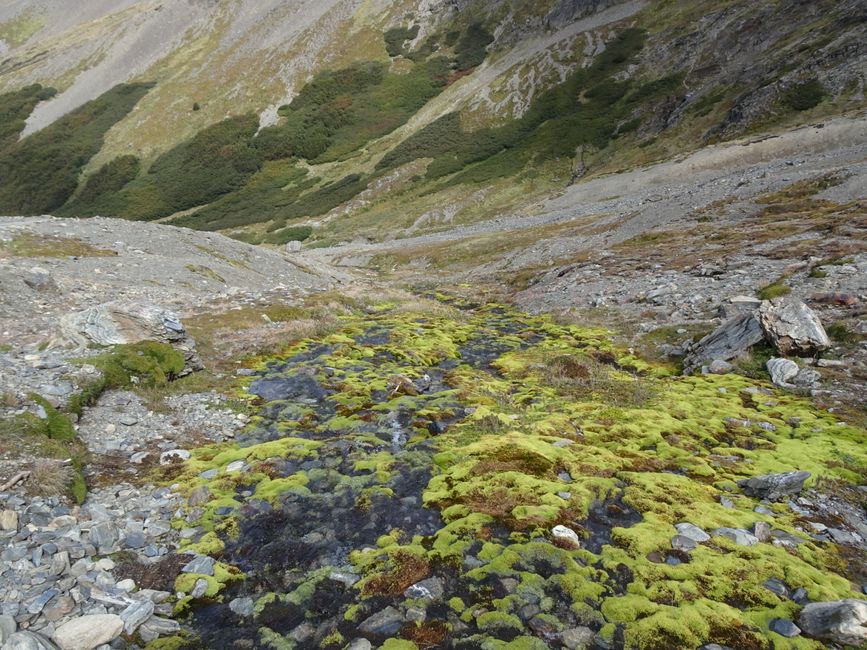
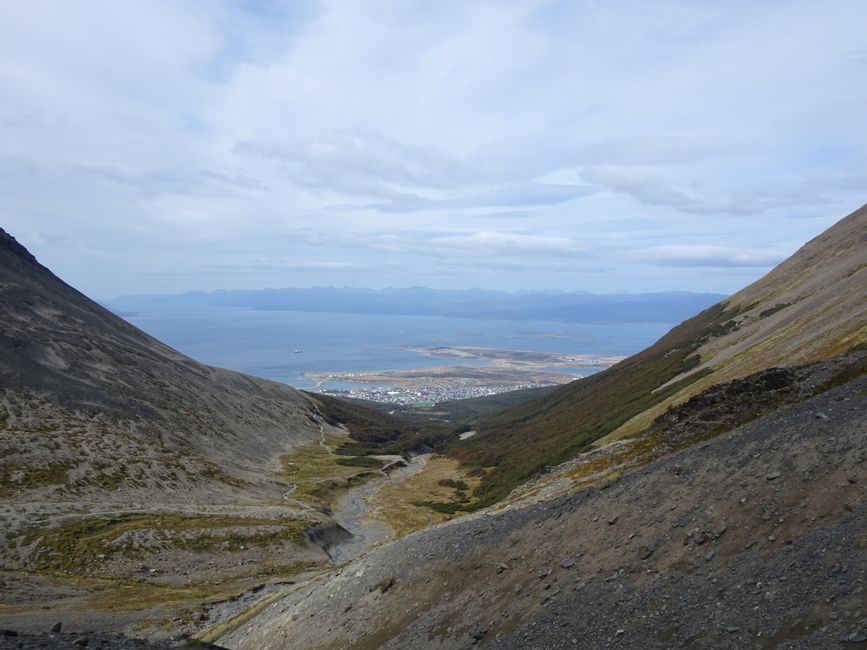
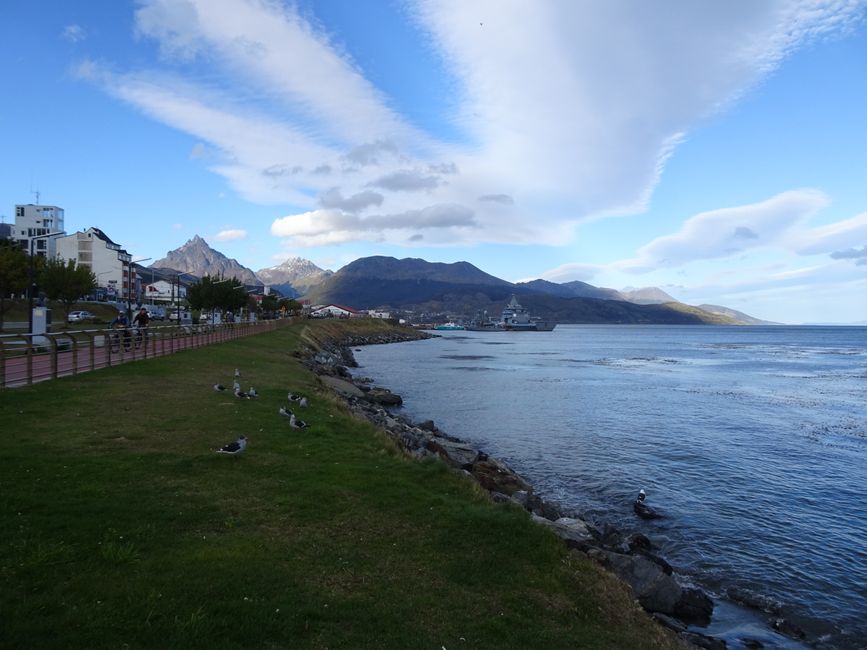
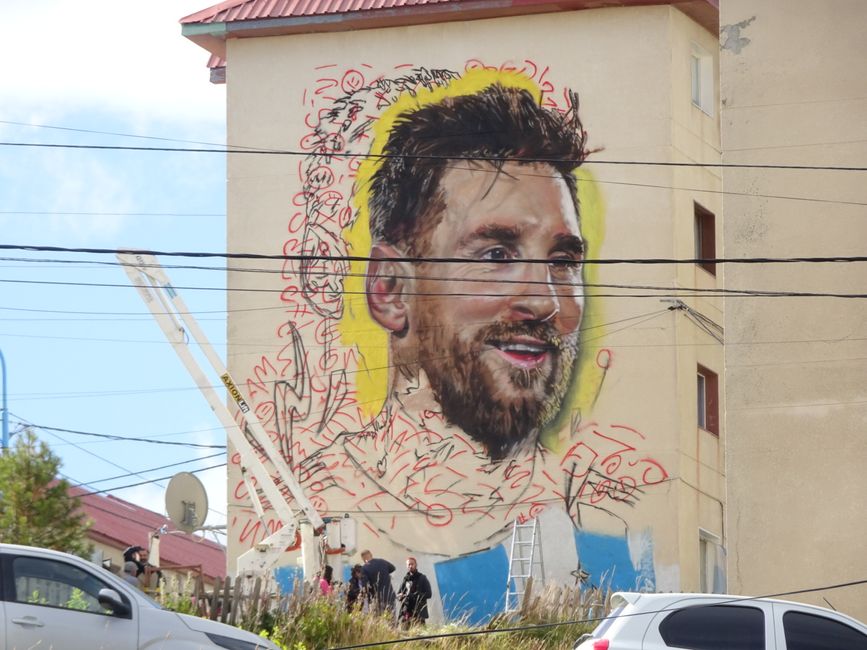
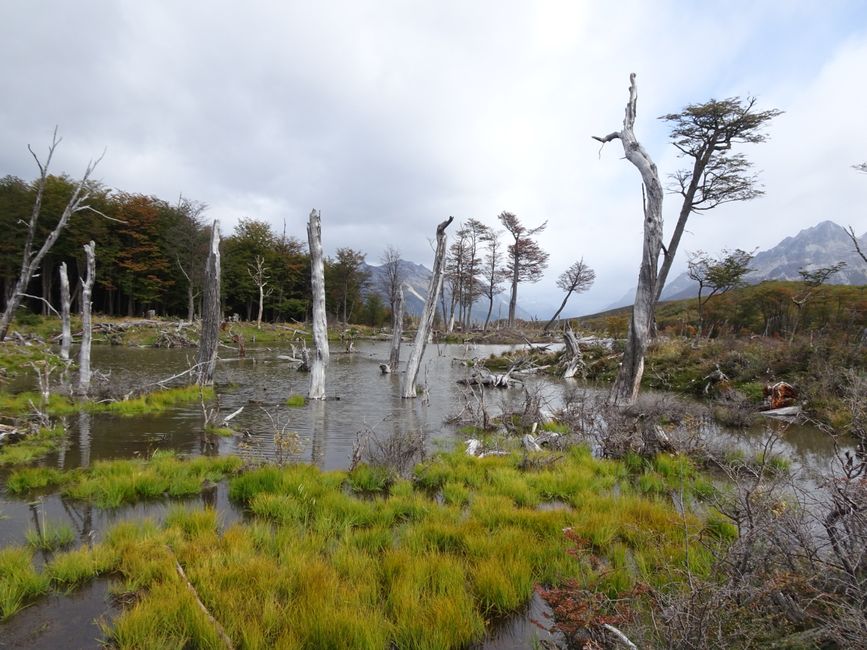
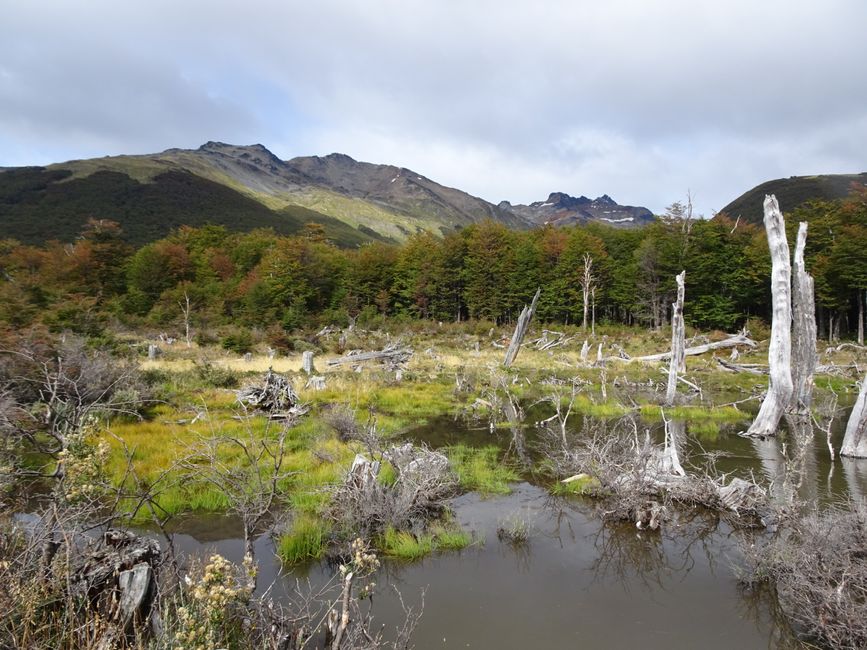
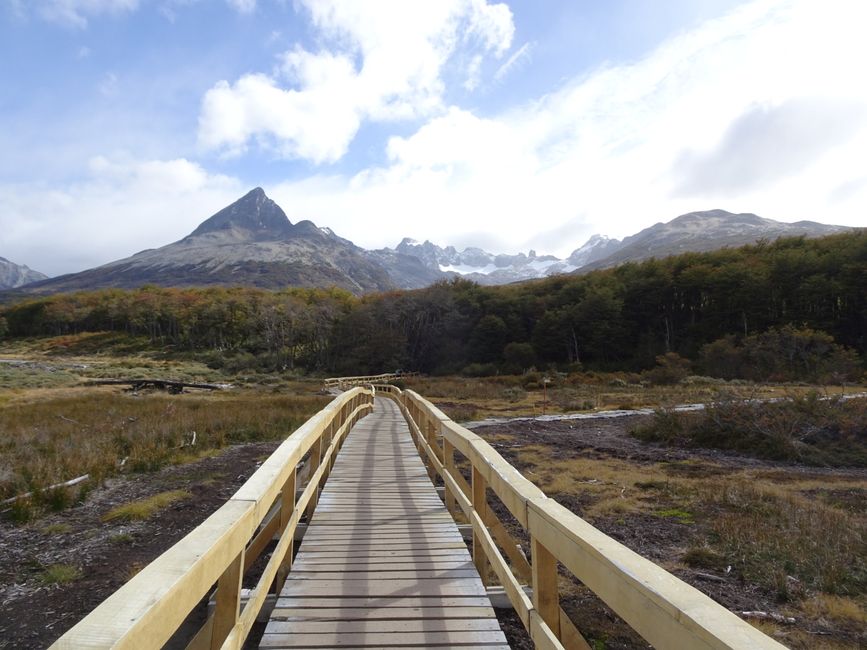
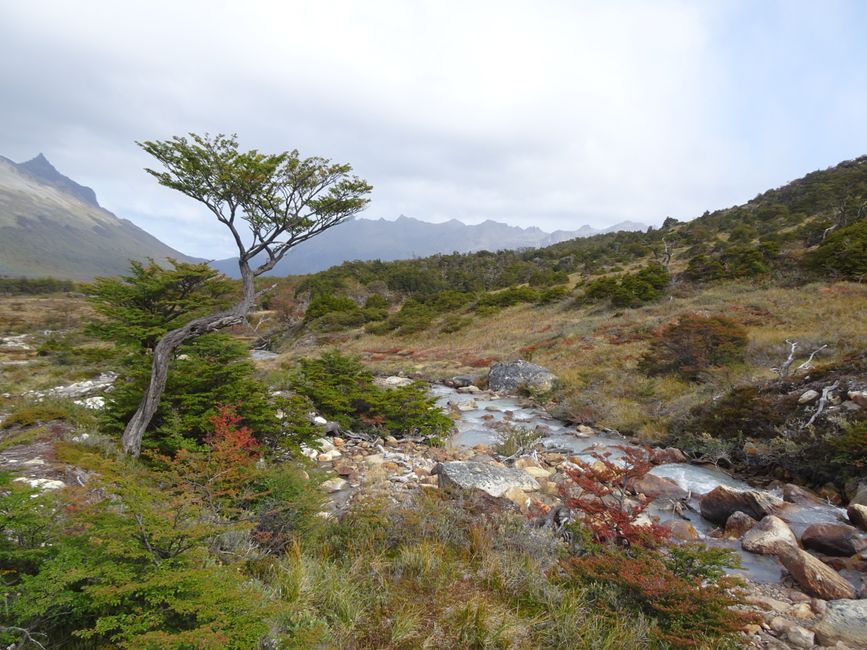
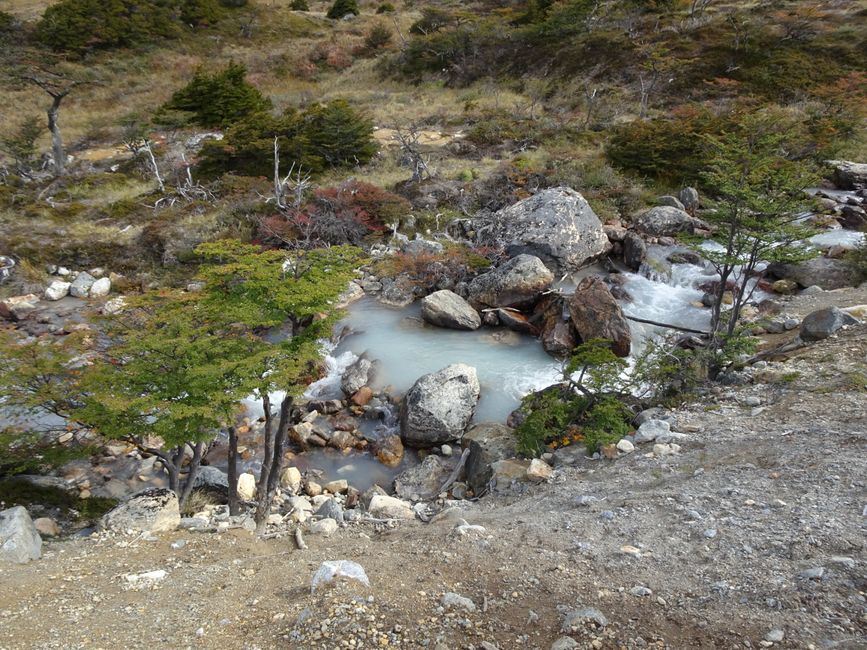
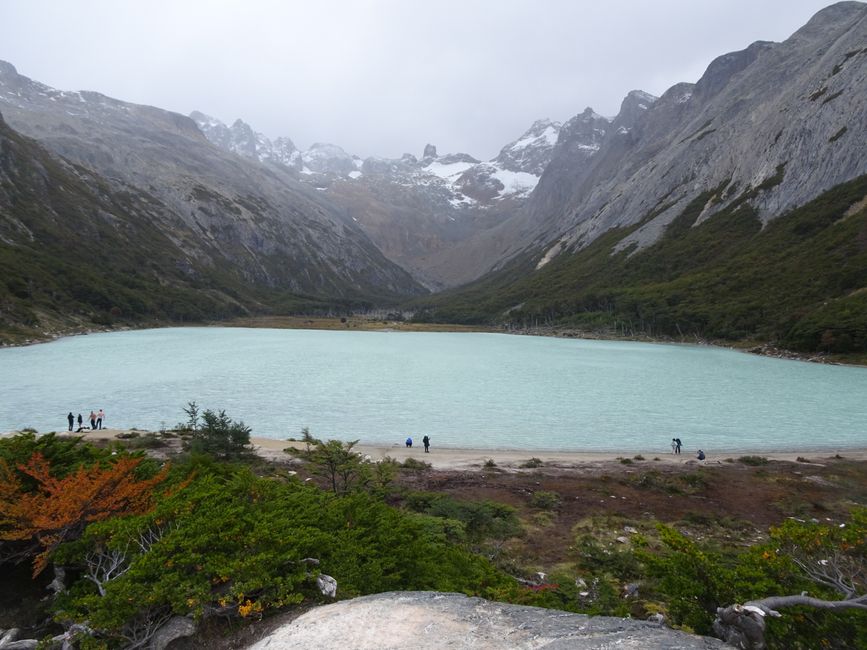
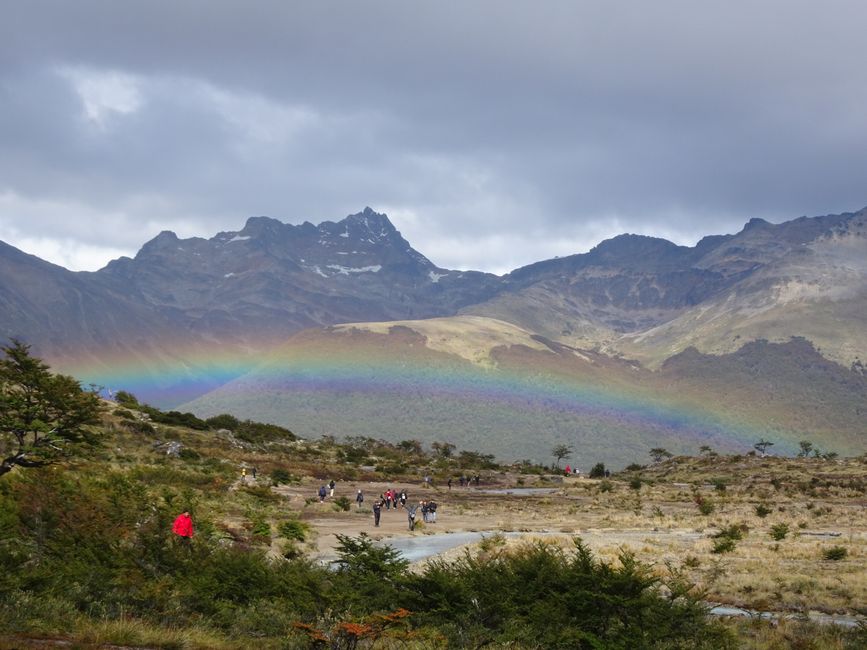
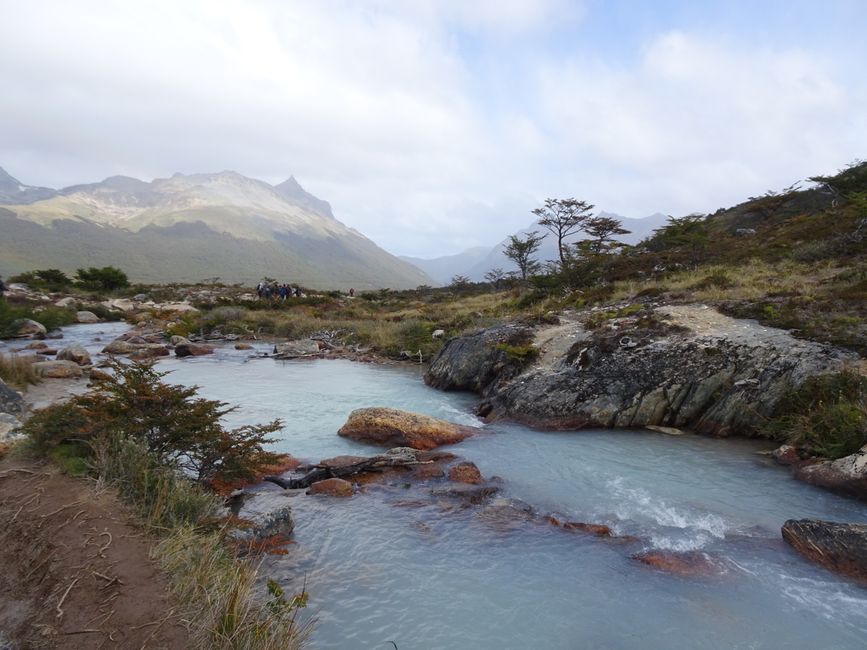
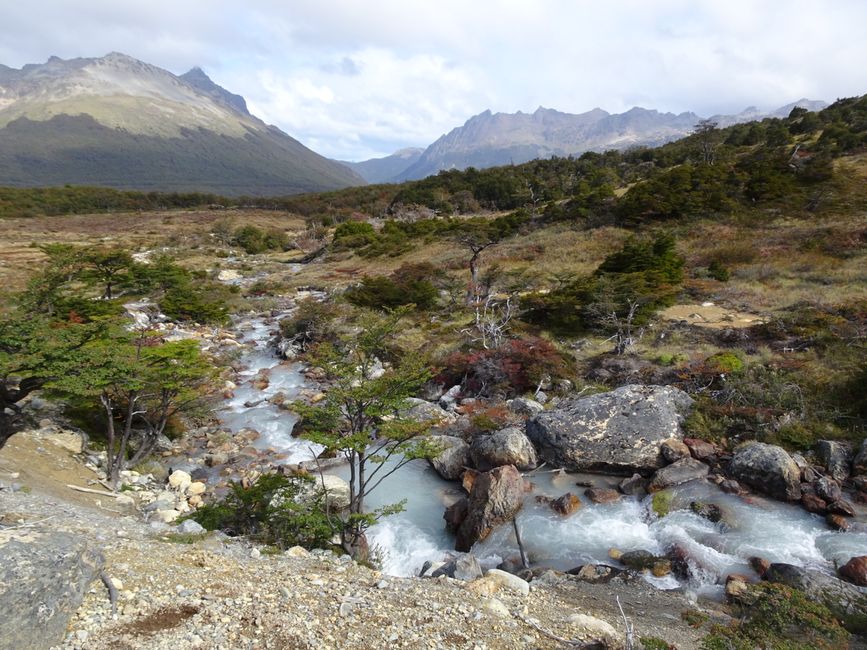
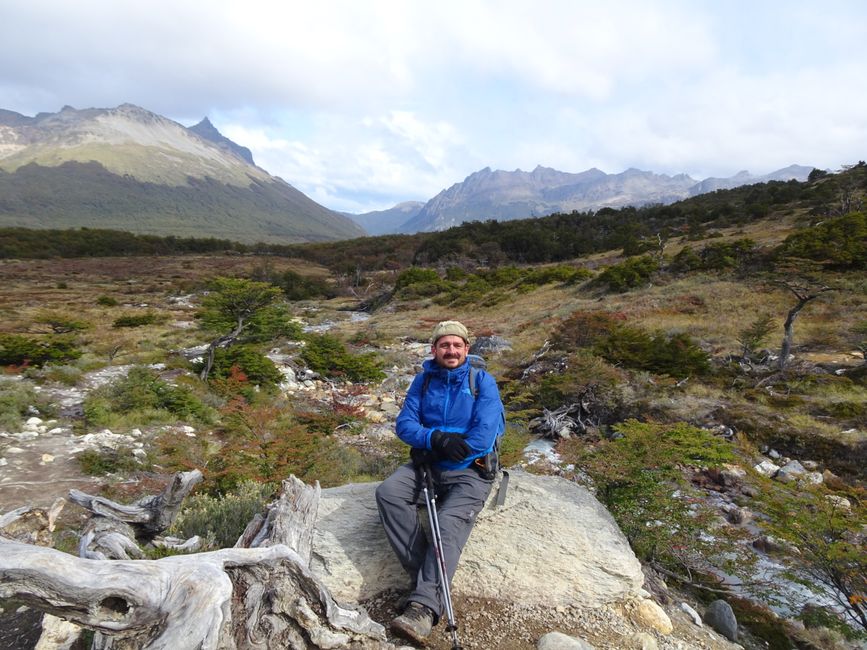
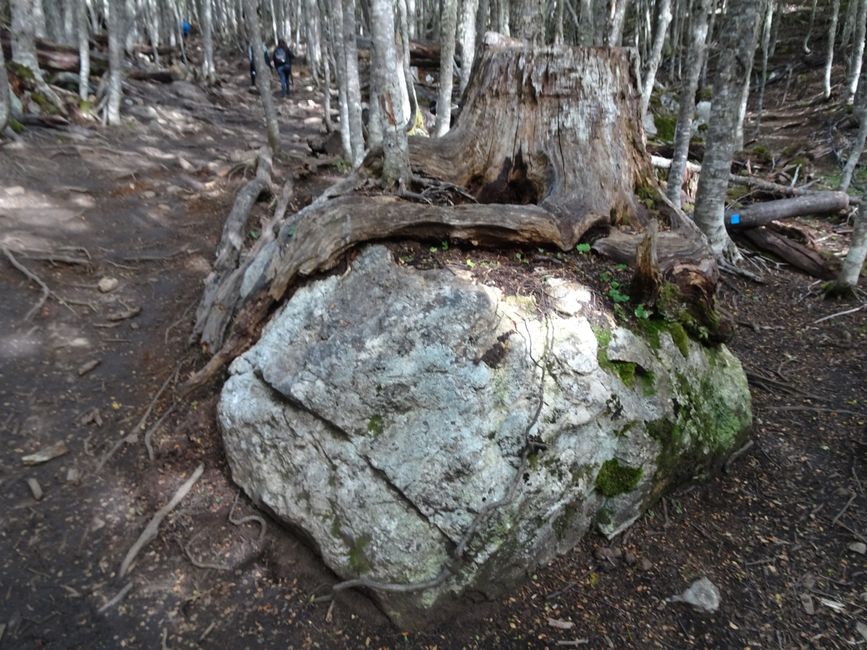
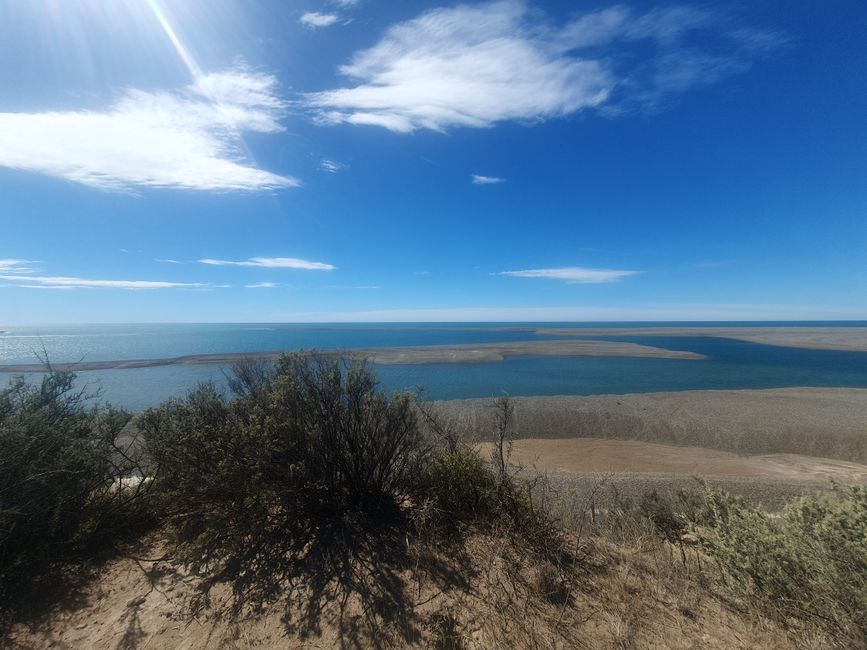
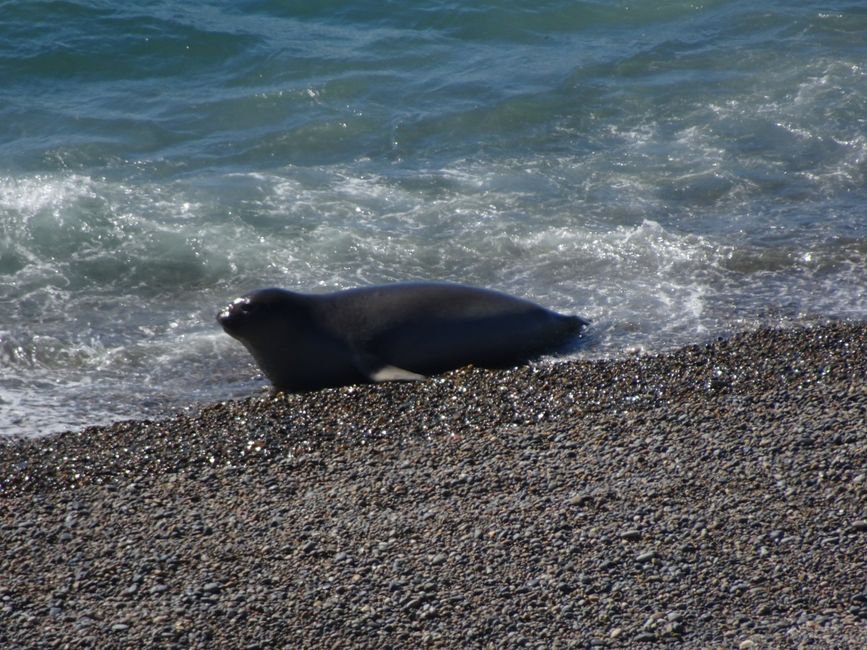
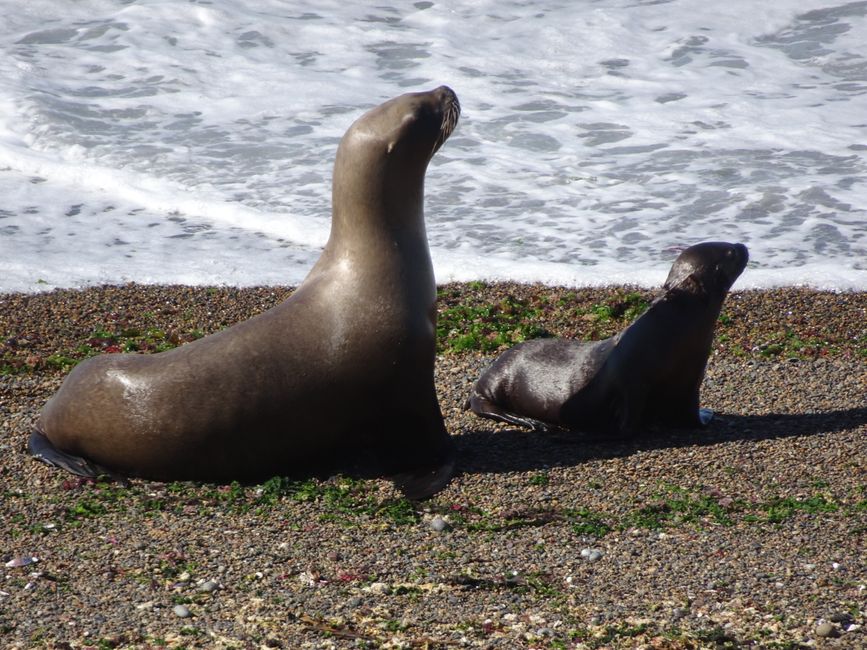
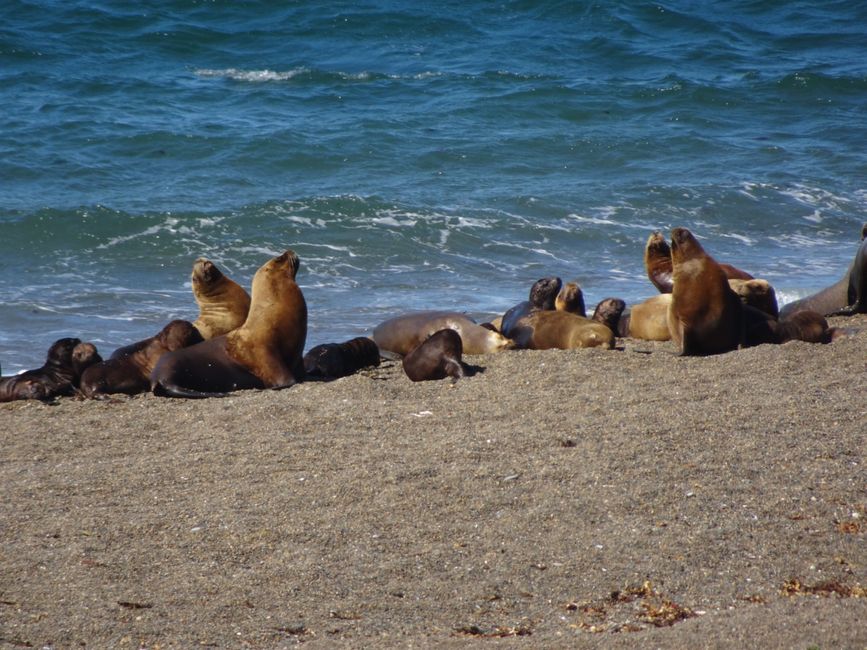
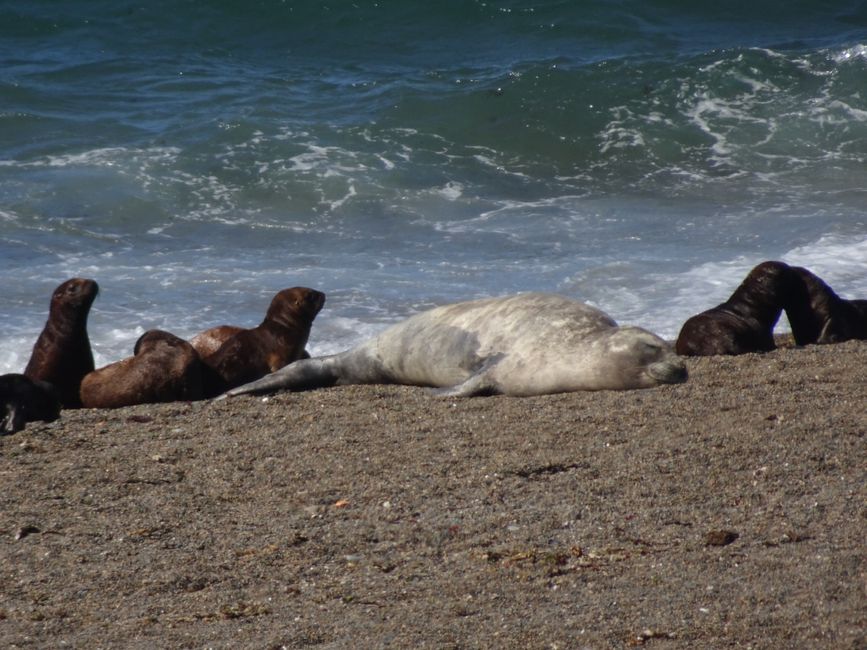
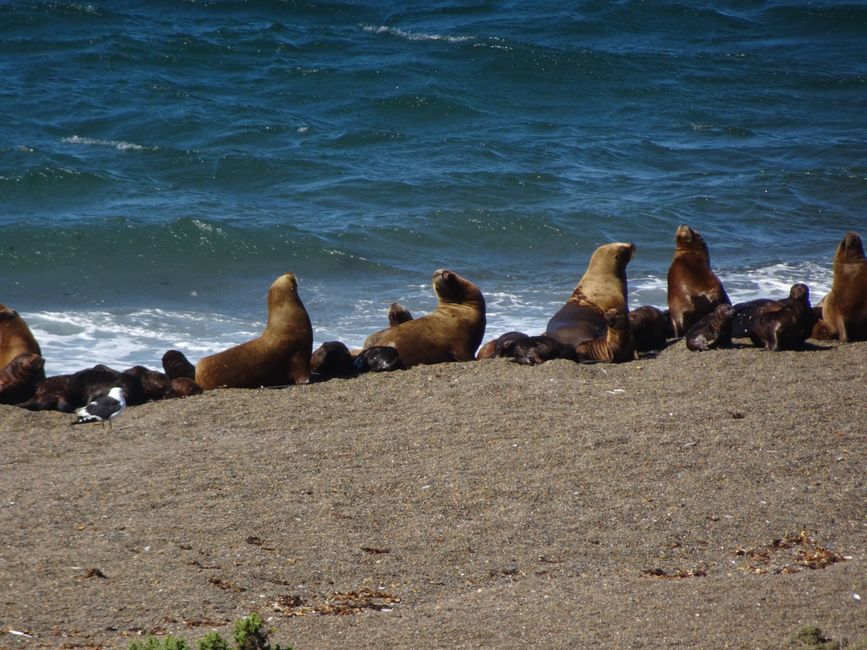
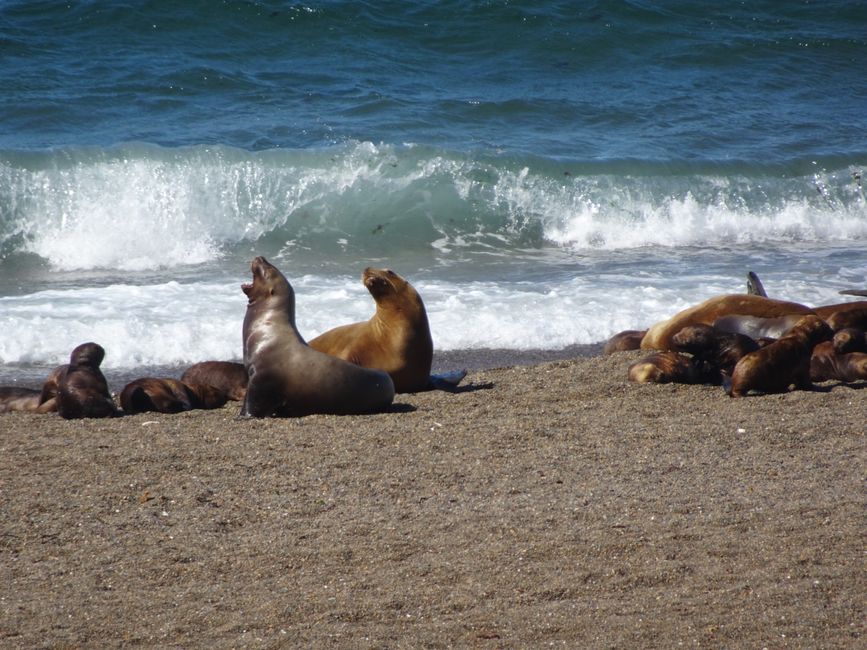
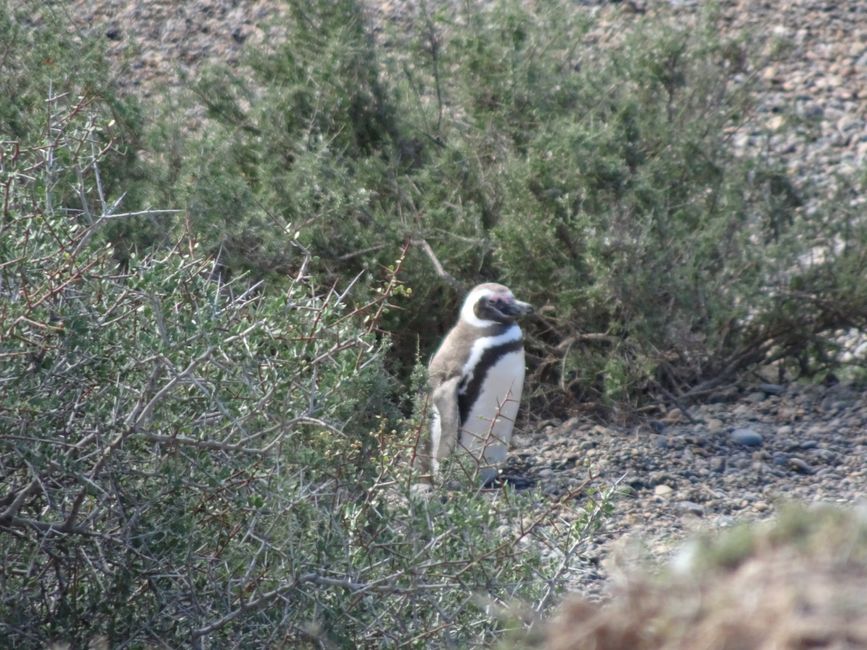
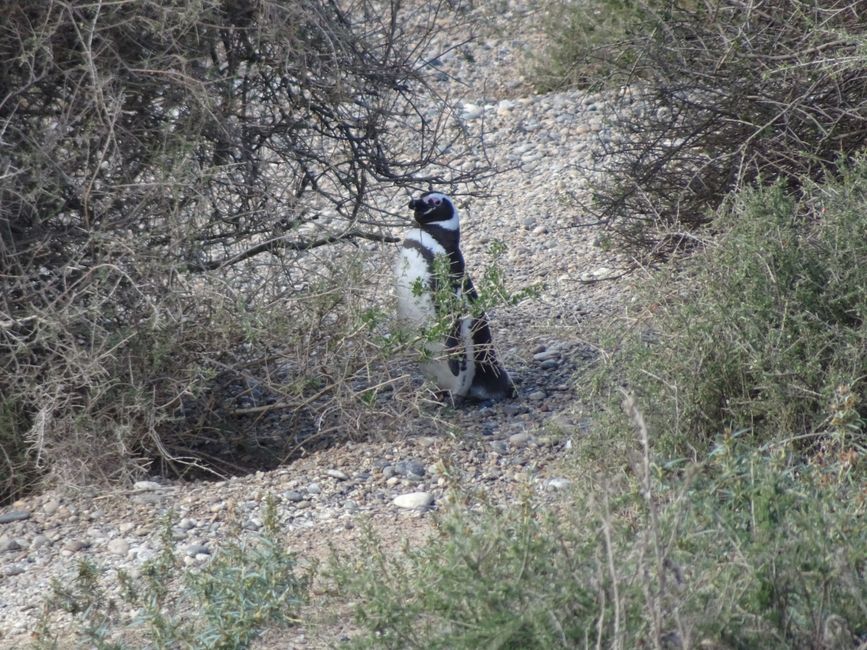
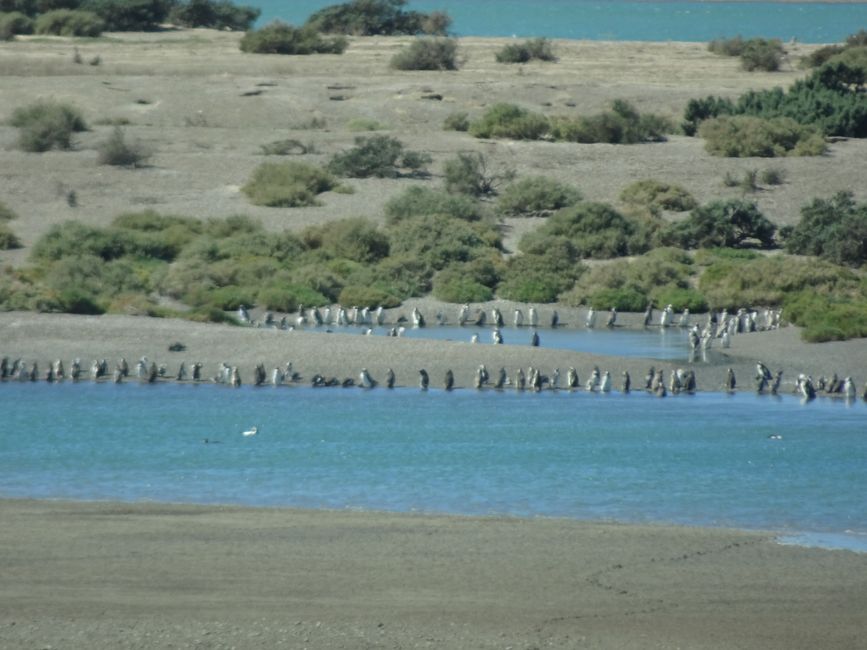
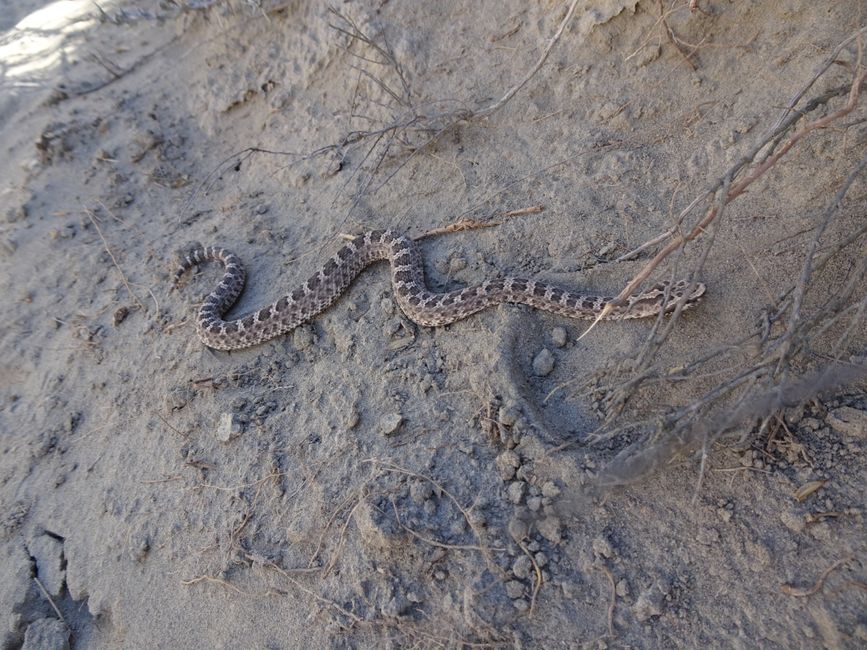
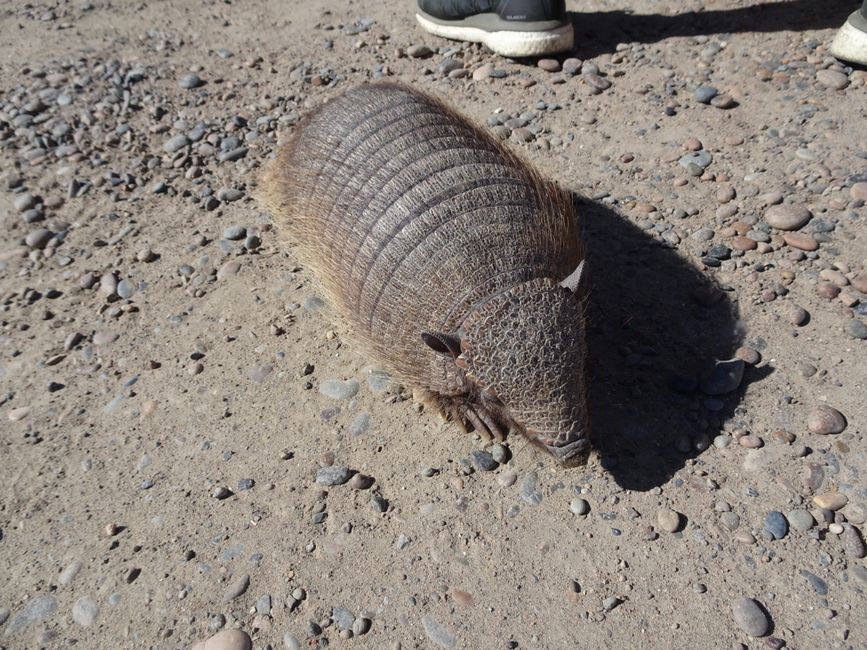
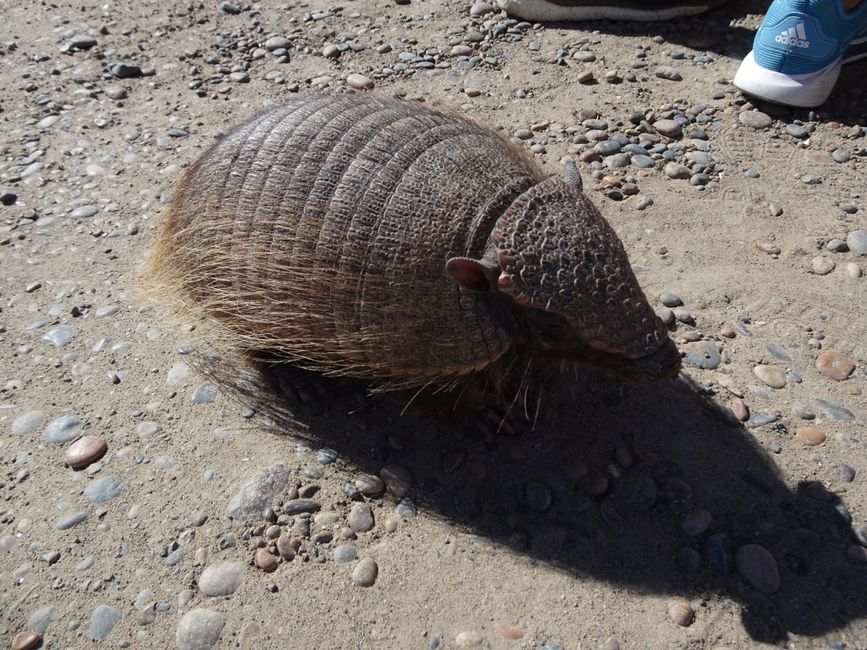
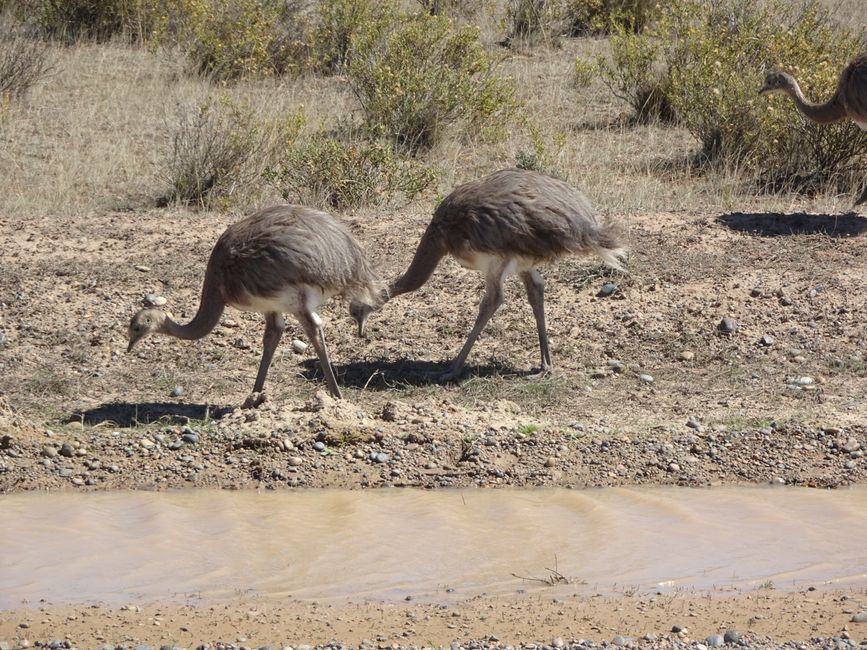
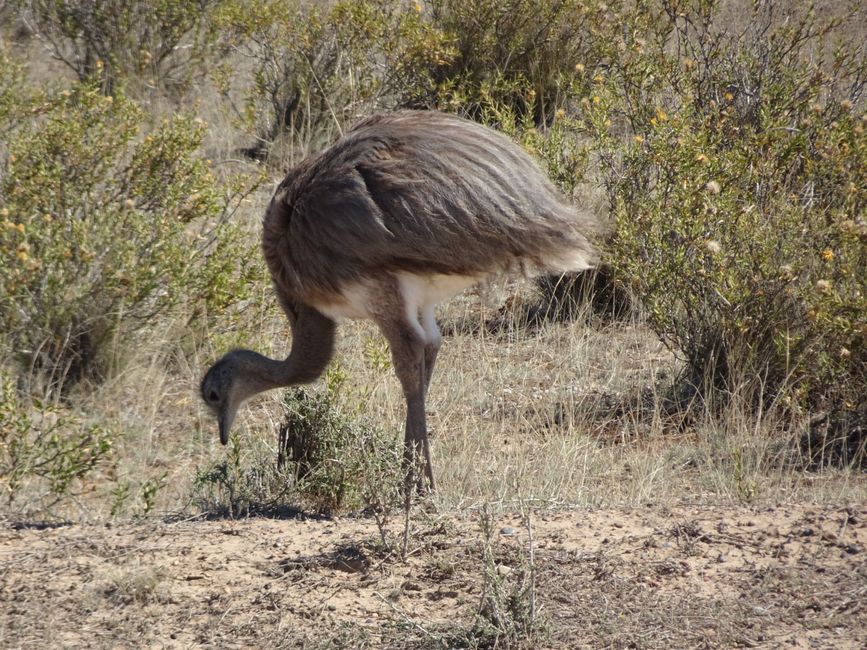
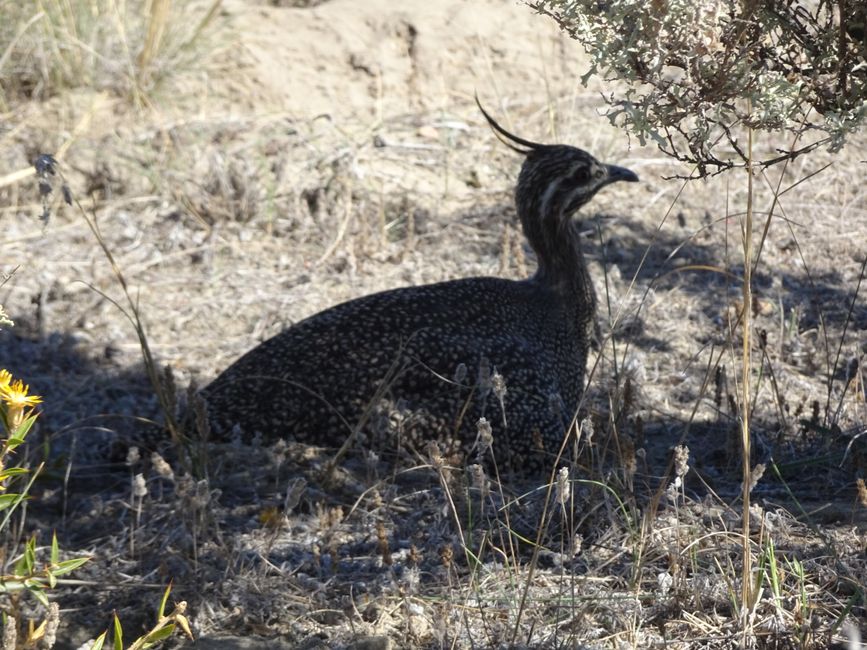
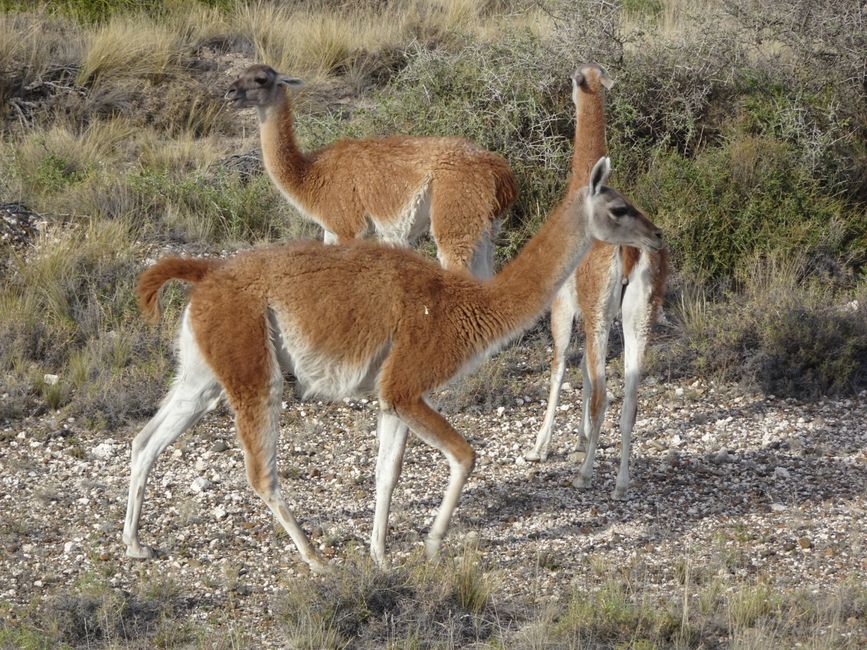
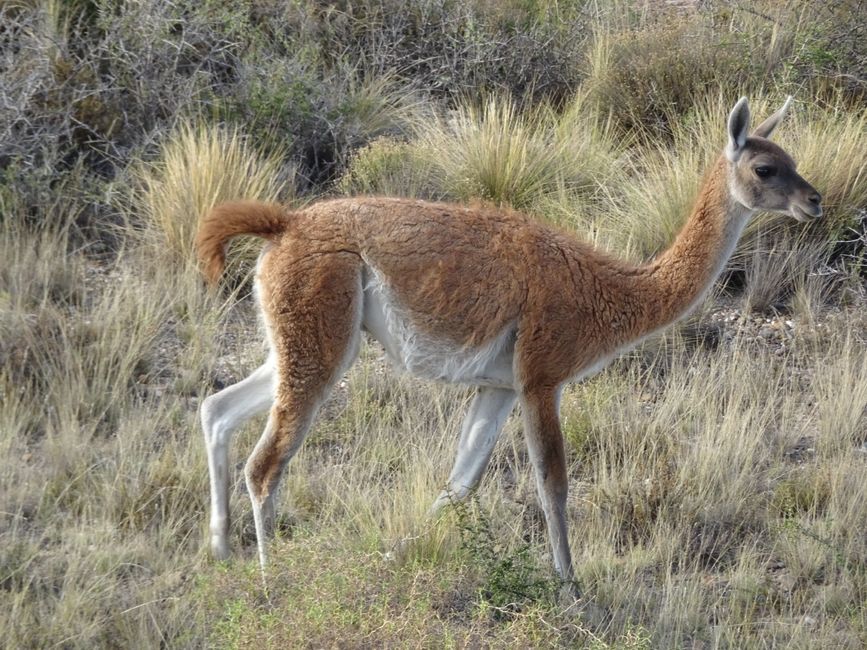
Бюллетенге жазылыңыз
Strictly speaking, the last two stops of my last post, the island of Chiloé and Puerto Varas including the Vicente Perez Rosales National Park, already belong to Patagonia. But they are also part of the 'Little South' of Chile, which is why I included both places in my previous post. Geographers may forgive me for this!
On February 25th, I took a bus from Puerto Varas across the Argentine border to Bariloche. Due to the end of summer vacation in Chile and Argentina, we spent a total of 4 hours at the border. Unfortunately, there was no time for an excursion to the surrounding area, which I'm sure would have been worth it, so I spent the evening in the city. There, I exchanged my US dollars for Argentine pesos at a very favorable rate on the street. Argentina has been in an economic crisis for many years, resulting in severe inflation. Anyone earning money in Argentina wants to exchange it for US dollars or euros as soon as possible, as it will be worth significantly less a few weeks later. There have been two different exchange rates for many years, the official rate when exchanging money at official exchange offices or withdrawing money from ATMs, and the much better rate of the black market, which almost every tourist benefits from and which gives you 80 to 90 percent more, almost double the value.
The next day, I continued by bus to the south, to Esquel, the starting point for the 'Los Alerces' National Park. In the evening, I had homemade ravioli in a very good restaurant! I hadn't had something like that in a long time. In general, you can constantly notice the Italian roots of many Argentinians in their cuisine. My hike in the national park was very beautiful, the weather was also really good. There are incredibly many mountain lakes there with correspondingly low temperatures. I always had the nearby glaciers in sight. However, I had to change my plans because for my originally planned hike, I would have had to register with the administration of the national park before 10 am, but unfortunately my bus didn't arrive until half past ten. But the day was still very successful! I spent the following day, February 28th, mostly in the city before taking an overnight bus in an 18-hour journey to El Chaltén, in southern Patagonia. On this bus journey, I saw guanacos for the first time, the small camels of the southern Andes. Unlike their relatives further north, the llamas and alpacas, guanacos live in the wild and are not domesticated. There are an incredible number of them. The bus had to stop several times because some guanacos were crossing the road. Honestly, El Chaltén is a rather ugly village in a dreamlike location, which owes its existence exclusively to hiking and mountaineering tourism. Within sight is one of the most famous climbing mountains in the world, Cerro Fitz Roy, which is 3400 meters high. Its distinctive summit is unforgettable once you have seen it in a photo. A little further away is the slightly lower Cerro Torres, which is only slightly lower and whose steep wall rises vertically. I reached El Chaltén in drizzling rain and strong wind, and there was nothing to see of the mountains. This hardly changed over the course of the afternoon, and on a short hike to two viewpoints, I saw nothing but an Andean condor in the distance. Unfortunately, my hike the next day, which was supposed to take me to the foot of Fitz Roy, had to be canceled due to heavy rain and strong winds. Frustrated, I spent the entire day in the common area of my hostel, along with many others who were in the same situation. The weather forecast for the coming days was not better, so I left El Chaltén on March 3rd without having seen anything.
In El Calafate, my next stop, I stayed in a smaller and more familiar hostel than the one in El Chaltén. There, I spent two evenings with other travelers and we exchanged experiences. It was only lightly raining there, and from there I visited the Perito Moreno Glacier, perhaps the most famous glacier in South America, which flows into Lake Argentino near El Calafate in Los Glaciares National Park. The glacier was very impressive despite the drizzle, but it would have been even more beautiful with sun and blue sky in the background. One could see the glacier "calve," as it is called when large chunks of ice break off and fall into the water. On several well-developed paths, you could admire the glacier from all sides.
On March 5th, I temporarily left Argentina and crossed the Chilean border by bus just before Puerto Natales. The bus almost didn't make it to Puerto Natales because it broke down at the border. We couldn't continue, everything stopped. Luckily for us, there was a Chilean mechanic on board as a passenger who was able to solve the problem at least temporarily so that we could continue more or less smoothly. Puerto Natales is within reach of Torres del Paine National Park, one of the most famous national parks in all of South America. The Torres del Paine (Towers of Heaven), consisting of three needle-like granite rocks, reach up to 2600 to 2800 meters in height. Unfortunately, this national park is also certainly one of the most expensive places in all of South America, with an entrance fee of $35. If you want to camp there, you pay €30 to €40 per night to sleep in your own tent. Sleeping places in the few huts are even more expensive and are booked out months in advance. So, I decided to only make a day trip to the national park and hike there for 7-8 hours. The goal of the hike was a viewpoint called Base de las Torres, from where you should have a magnificent view of the rocks. The weather forecast was not particularly good, but the weather was good on the way to the national park and the sun was shining. However, the mood was clouded by rumors that many hiking trails had been closed due to the bad weather of the last few days, including the trail to Base de las Torres. However, when we arrived, we were reassured by a park ranger. The trails had indeed been closed for the past two days, but they had just been reopened. So, my hike could start with the weather gradually getting worse. It became more and more overcast, and eventually, there was no more sun, the wind became increasingly strong, and it started to rain. The rain didn't stop, and so I reached a hut, the Refugio Chileno, halfway completely soaked, where I took shelter. The hut was full of other hikers, all waiting for the rain to stop and the clouds to clear, but at some point, it became clear that this would not happen on this day. After spending 5 hours in the hut, I finally returned disappointed. Briefly, from the hut, I could see two of the three rocks in the mist. Unfortunately, just like in El Chaltén, I was not able to see places that I had known from photos for 20 years in nature.
So, sadly, I left Puerto Natales and continued to Punta Arenas on the Strait of Magellan, the connection between the Atlantic and the Pacific. I stayed a total of three nights in a very cozy guesthouse there, where I could rent a single room relatively cheaply. I liked the city, and on my first full day there, I took a regional bus to the starting point of a coastal hike that was recommended to me. This led to a lighthouse, the Faro San Isidro. The weather was much better on the coast than inland, and on the way to the lighthouse, I could see dolphins and many seabirds. From the lighthouse, I was lucky and I could observe several large whales in the distance, which surfaced again and again. Unfortunately, I couldn't photograph them. When I returned to the starting point of the hike, I hitchhiked to Punta Arenas because the only bus would have had me waiting for hours. Afterwards, I visited a museum. The next day, I visited the Nao Victoria, the ship Fernando Magellan sailed around the world on, and the Beagle, which Robert Fitz Roy sailed around the world, with Charles Darwin on board. However, both ships are not original, but faithful replicas. In a wetland, I also saw flamingos.
On March 10th, I continued to the south, back to Argentina, to the island of Tierra del Fuego (the bus drove onto the ferry) to Ushuaia on the Beagle Channel, the southernmost city in the world, where I stayed for three nights in a hostel. In changeable weather, I went on two hikes from there on two days, the first to the Martial Glacier and the second to Laguna Colorada. Unfortunately, there was only little sun on both days, the wind was icy cold, and on the second day, there was light rain when I reached the lake. Nevertheless, I can definitely recommend both hikes. However, I was looking forward to leaving southern Patagonia on March 13th and finally reaching slightly warmer areas again.
So, I took the longest bus ride of my life from Ushuaia, first driving through Chile for a short distance and then to Rio Gallegos, where I had a 5-hour layover in the afternoon. At 7 pm, I continued and I reached the city of Puerto Madryn the next day in the early afternoon after 19 hours. So, I was on the bus for a total of 31 hours! The air temperature was 30 degrees when I arrived! What a difference to Ushuaia, Punta Arenas, etc.! On March 15th, at slightly lower temperatures, I went on an organized excursion by minibus to the Valdes Peninsula, which is known for its wildlife. And we got our money's worth: in addition to guanacos, rheas, penguins, many other birds, an armadillo, sea lions, and elephant seals, we even saw orcas, albeit at a great distance. I also discovered a Patagonian lancehead, the southernmost snake species in the world. The following day, I actually wanted to go diving, but unfortunately, the dive center had to cancel last minute due to poor underwater visibility. So, in the evening of March 16th, I took an overnight bus to Buenos Aires, which I reached in the afternoon of the following day. Since I had planned several more days there at the beginning of April, I only stayed for one night and in the morning of March 18th, I took the ferry across the Rio de la Plata to Colonia del Sacramento in Uruguay.
In summary, my conclusion about Patagonia is rather mixed. There are undoubtedly magnificent and unique landscapes that are worth a trip. However, I can only unreservedly recommend the northern part of Patagonia, including Bariloche, the Los Alerces National Park, the Valdes Peninsula, and the places mentioned in my previous post. In the south, you are too dependent on the weather, and rain, snow, or the icy cold wind quickly spoil the fun. I certainly had too high expectations! It is rather the exception that you can see the Torres del Paine, Cerro Fitz Roy, or Cerro Torres exactly as you know them from photos. In addition, there are the high prices, especially in Torres del Paine National Park. I can only recommend everyone to take a lot of time and money for southern Patagonia. Time to bridge possible phases of bad weather and money to afford this bridging time in one of the most expensive areas in South America. Besides, you also need to be able to occupy yourself somehow differently. In places like El Chaltén or Puerto Natales, there is nothing to do in bad weather.
Бюллетенге жазылыңыз
Жооп
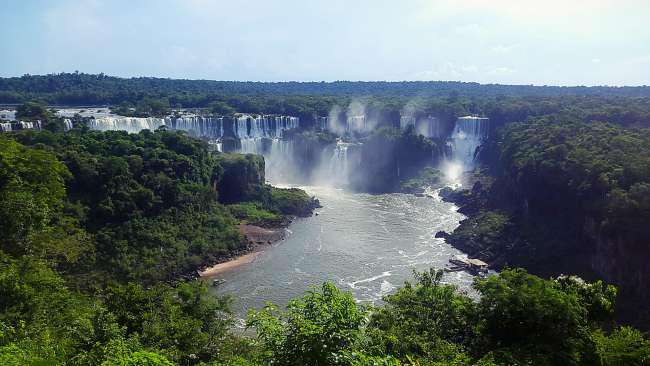
Саякат баяндамалары Аргентина
